|
Three years ago, Consorzio Tutela Vini D’Abruzzo invited me to attend an educational seminar in New York City to learn about the Abruzzo wine region of Italy. Not only was I introduced to some stunning wines indigenous to this region, but I also had the opportunity to meet with several new-generation wine producers. This new generation echoed a recurring theme that day on the importance of “balancing tradition while introducing new innovations.” The Consorzio Tutela Vini D’Abruzzo was established in 2002 to monitor, defend, protect, and safeguard the controlled designations of origin and maintain the quality of production. Its 400 members are grape growers, winemakers, and bottlers. A few weeks ago, Consorzio Tutela Vini D’Abruzzo invited me to experience the wonders of Abruzzo firsthand. And although I learned so much during the seminar in NYC, nothing can compare to the magic of physically standing at the edge of the Adriatic Sea with the breathtaking backdrop of the Apennine Mountains, walking through vineyards, partaking in the local cuisine and culture, and touring historic villages with imposing abbeys and castles. On this trip, the ever-present mantra of the new generation of winemakers I met continued, “balancing tradition while introducing new innovations.” Their enthusiasm, along with love and respect for the land, and determination to produce high-quality wines are commanding, and it shows in the wines that I sampled. A movement toward experimenting in the vineyards to find ways to combat climate change, along with a growth in certified organic farming, sustainability, and infusing new technology with traditional methods, is the new norm here. And the older generations are embracing these new paths forged to showcase the terroir and produce unique and more complex wines. For those who may have missed my original article from a few years ago, here is an introduction to Abruzzo. Abruzzo is situated in central Italy between the Adriatic Sea and Gran Sasso d’Italia (one of the highest peaks in Italy, standing at 9,554 ft.) and Majella Massif, both part of the Apennine Mountains. For centuries, the inhabitants of Abruzzo have referred to the Majella Massif as a sacred mountain. Abruzzo winemaking dates back to the fourth century BC when the Etruscans introduced viniculture to the area. However, winemaking took a dip in production for several centuries, and it is only in the last 50 years that it has been on an upswing. Bulk wine once dominated the scene, but with a recent turnover of the newer generations, Abruzzo is producing more quality-driven wines. The Abruzzo wine region is divided into four provinces with sub-zones. Overall, there are approximately 6,000 grape producers, 35 wine cooperatives, and over 250 wineries, with the majority of wine production taking place in Chieti province, where more than 83% of Abruzzo wine growing is located. Two geographical areas make up Abruzzo, the inland mountainous area that covers 65% of the entire region and the long coastal area with sweeping hills. Climate and geography play an important role in wine’s outcome, and the stage is set for the terroir of Abruzzo. A moderate coastal climate exists in the area along the Adriatic-facing side of the Apennines and is more continental inland. The vineyards benefit from the high altitude that provides significant diurnal temperature variations and good ventilation that cools the vineyards, while the Adriatic contributes a coastal breeze. Primary soils are clay-rich interspersed with limestone and sandy with marine deposits found along the coastline. Calcareous soils, marls, and rock are inland. There are an impressive 36,000 hectares of vineyards in the Abruzzo region, with the majority of vineyards planted on hills. Abruzzo produces approximately 3.5 million hectoliters of wine each year! And more than one million of these wines are Controlled Designation of Origin. (DOC) of which approximately 80% are Montepulciano d’Abruzzo. In fact, 58% of all vineyards are planted to Montepulciano, with 17,000 hectares under vine. As of 2019 Montepulciano d’Abruzzo Colline Teramane is the only D.O.C.G made in Abruzzo with a minimum of 90% Montepulciano. Notable indigenous varieties and wines are below with a “generalized” description. Red Grape Montepulciano d’Abruzzo This is Abruzzo’s star red grape. The wines tend to be rich, complex, and medium-bodied, with typical flavors of red fruit, plum, dark berries, and herbs. It is a versatile grape that can be produced as a simple, fresh un-oaked wine or aged in casks for a more dense and complex wine. Cerasuolo d’Abruzzo A deep cherry-colored wine considered the rosé of Abruzzo. Made with Montepulciano grapes, the color is obtained from a short maceration of 24 hours or less. The wine leans toward intense red fruit flavors with racy acidity and palate-pleasing freshness. White Grapes Trebbiano This is Abruzzo’s star white grape. Trebbiano tends to be light and fresh with tropical fruit, citrus flavors, lively acidity, and a trace of almond on the finish. Pecorino Not to be confused with cheese, this grape produces a dry, fresh wine with tropical or citrus fruit, minerality, bracing acidity, herbal notes, and a beautiful floral bouquet. Cococciola These grapes were traditionally used for blending but are now produced on their own as well. The wines tend to have floral and citrus aromas, with the palate offering fruit-forward and herbal notes. It is dry, fresh, and has vibrant acidity. Passerina This is another fresh and vibrant wine with distinct notes of apricot, white stone fruit, herbs, and floral. In addition to still wines, many wineries are producing sparkling wines from the above grapes, which tend to be vibrant, fresh, and aromatic. What I love about these wines is their versatility when paired with all types of food. Our first night in the province of Chieti in Abruzzo we dined on local cuisine at Trabocca Punta Cavalluccia. Up and down the southern coastline, especially in Chieti, there are pilings called trabocci. These fishing platforms extend out to the sea and were first designed in the 18th century to allow fishermen to harpoon and catch fish with nets without needing to use a boat. A long gangplank leads to a covered structure firmly anchored into the sea bed with stilts. It may look fragile, but it isn’t! Today, a few of these trabocci have been restored, renovated, and turned into fabulous restaurants, and Trabocca Punta Cavalluccia is among the well-known. It is open dining out on the Adriatic Sea! We enjoyed a six-course meal, savoring the local bounty from the sea while treating our palates to Abruzzo wines. Below are just a few examples of our dinner. The variety of local food is as varied as the landscape of Abruzzo. As we drove away from the sea toward the mountains, we were treated to different styles of food. And the wines were palate-pleasing every step of the way. This is the first of several articles on Abruzzo. In future articles, we will visit a few wineries and quaint villages and delve into the hidden gem of Villamagna, DOC. I encourage you to try Abruzzo wines and sip with me as we explore Abruzzo together! Your palate will thank me! Until next time… Cheers! Penina This article was originally published to Santé Magazine. To leave a comment or if you have an inquiry, please contact me at [email protected] Read my latest story for Santé Magazine. Click the link below. https://santemagazine.com/the-magic-of-donnafugata/ Until next time... Cheers! Penina To leave a comment or if you have an inquiry, please contact me at [email protected]
For me, there is nothing like pouring a glass of wine that not only sates my palate but can also conjure up sweet memories. And this quote from Coppo says it perfectly. “We like to imagine our wines leave an emotional aftertaste. This doesn’t have anything to do with its aromas or flavors, but of a sensation that awakens memories of pleasant times.” Piero Coppo founded Coppo winery in 1892 and it is one of the oldest family-run wineries in Italy spanning four generations. Piero’s philosophy was about making quality wine, not quantity. His sense of ethics, attention to detail, perfection, passion for the land and his vision for the future have been passed on from one generation to the next. Below is a photo of the four brothers representing the third generation with fourth-generation Luigi in the middle. This historic winery is located in the famous commune of Canelli, a subzone in the province of Asti in the Piedmonte region of Italy. Canelli is noted for its important role in history for being the birthplace of Italian sparkling wine made with Moscato Bianco grapes. Canelli became a UNESCO World Heritage Site in June 2014 and it is famous for its surrounding historic vineyards and intricate subterranean wine cellars called “Underground Cathedrals”. These cellars weave in and out of Canelli for about 20 miles. Part of these historical wine cellars are located at Coppo Winery and are a UNESCO World Heritage site. While visiting Coppo a few months ago, fourth-generation Luigi Coppo gave us a tour of these impressive cellars. He said, “In parts of this tunnel there are over 42 meters of dirt above us. The tunnels are ideal for storing wine because it is stable in here with constant and perfect temperature and humidity. This all-natural tunnel was built in the late 18th century with an addition in 1920 that took only one week to build”! Below is a slideshow of the Underground Cathedrals. Photo credit: Penny Weiss Coppo built their business producing sparkling wines, but by the beginning of the 20th century, their production expanded to making classic Piedmontese reds, most notably, Barbera. Piero’s son, Luigi (second generation) entered the business in the late 1940s and was responsible for restoring and modernizing the winery. He also brought with him a passion for French wine. During the 60s and 70s, the winery began importing wines from Burgundy and Champagne. Luigi’s four sons (third-generation) entered the family business between the 70s and 80s). Inspired by the great French wines that their father imported, the four brothers infused their personal style in the production of Metodo Classico sparkling wines and Chardonnay. Coppo is one of the first producers in the area to make Chardonnay, although Chardonnay and Pinot Nero have been growing in the hills around Canelli since the early 1800s. Monteriolo Chardonnay is dedicated to their father Luigi and the first vintage was introduced in 1984. Here is a bottle shot of the 2017 Monteriolo Chardonnay that I tasted while at the winery. It was exquisite! Unlike many other wineries, the third generation made it their mission to maintain the quality of Barbera over quantity and ensure that its elegant character was preserved. This brought about a change for stricter management in the vineyards, lower yields, hand harvesting and introducing barriques during maturation, making Coppo at the cutting edge of Barbera’s rebirth. These changes helped to give the wines more complexity and richness. The 1984 Barbera d’Asti Pomorosso was the first harvest, becoming the symbol of the winery. The fourth-generation, cousins Max and Luigi, are focusing on “a new style of communication”, called the Internet! By engaging the younger generation of wine lovers while blending “a lighter side of wine” with traditional values they hope to introduce their palates to affordable and quality wine. Today, the major part of Coppo production is focused on Barbera, Metodo Classico sparkling wines, Chardonnay and Moscato d’Asti. Coppo also makes classic DOCG Piedmontese wines such as Gavi and Barolo. It is interesting to note that due to the winery’s historical importance, they have been granted permission to make Barolo outside of its zone of production. The Coppo estate covers over 52 hectares of vineyards with the heart of productive vineyards in Monferrato in Southern Piedmont. Here is where Moscato Bianco and Pinot Nero are grown. Barbera grapes are grown in Agliano Terme and Castelnuovo Calcea located in the heart of the subzone, Nizza. Coppo also manages the estate La Rocca situated in Monterotondi di Gavi, where the Cortese grapes are grown. As stated by Coppo, “Since 2001, Coppo winery has followed an official protocol for integrated agriculture that sustains farming practices with low environmental impact. The winery goes above and beyond the regulations, and for several years now has decided to follow agricultural methods in the spirit of organic and biodynamic agriculture, while not being officially certified.” I asked Luigi how climate change might be affecting vineyards and production. His reply, “Climate change exists and of course, it is impacting our vineyards and production. What we are experiencing in the last years is an anticipated ripeness of our grapes, which means an anticipated harvest. It does not mean this is worse or better but we have to follow nature. We are experiencing higher temperatures now and that means higher alcohol. But please consider alcohol is not a problem if the wine is well balanced. For some specific varieties such as Barbera, we cannot control or decide what is the right amount of alcohol because we have to manage the acidity and so we have to pick the grape when the grape is ripe. We can pick grapes earlier but it won’t work out well.” I asked Luigi what the biggest challenge Coppo might be facing in the vineyards. He responded, “There is not a specific challenge. According to my father and uncles stories back in the day, the harvest season was more or less predictable. Today it is different and we have to “react” quickly. Every day is different and every harvest (thank god) is different too.” Upon my return home from visiting the Coppo estate, I received six bottles of their wines. The wines transported me back to Canelli “awakening memories of a special time.” These wines are all gems and worthy of review. Coppo Moncalvina Moscato D’Asti DOCG 2018 This wine is made with 100% Moscato Bianco di Canelli. It is a light, sweet wine with floral and stone fruit aromas that transcend to the palate. It has a natural light fizziness and is very refreshing. Alcohol: 5% SRP: $15 Coppo Costebianche Chardonnay 2017 This is 100% Chardonnay that is harvested from Piemonte DOC appellation. 20% of the must is fermented and aged on fine lees in French oak barrels of 2nd and 3rd-year use. This is a delightfully fresh and fragrant wine with notes of floral, stone fruit, apple and a hint of lemon. Alcohol: 12.5% SRP: $20 Coppo La Rocca Gavi DOCG 2018 Gavi is a classic white Piedmontese wine made with 100% Cortese grapes. Cortese is one of the region’s oldest native grapes. The Tenuta La Rocca vineyard has marly calcareous soils that contribute to the wine’s mineral complexity. Fresh aromas of citrus, peach and pineapple lead to a palate of minerality, grapefruit, green apple, honeysuckle and a nice balance of fresh acidity. Alcohol: 13% SRP: $20 Coppo L’Avvocata Barbera D’Asti DOCG 2018 This wine is made with 100% Barbera. Wonderful aromas of juicy red berries and spice tickle the nose with a palate full of lively acidity, cherry, berries, pomegranate, spice and a hint of nutmeg. Raspberry and spice linger on a long finish. Alcohol: 14.5% SRP: $17 Coppo Camp Du Rouss Barbera D’Asti DOCG 2016 I love the story that goes with the name of this wine. “Camp del rosso” in Italian means “the redhead’s field”. ‘Camp’ in Piedmontese means vineyard. The first owner of this vineyard was a redheaded man who was so burly, he frightened the children. However, the wine is far from frightening! It is 100% Barbera that has been aged in French oak barrels for 12 months. Intense aromas of red fruit and spice lead to a palate of sour cherry, red berries, cranberry, spice and a hint of dark chocolate. This is a well-structured wine that lingers on the palate and begs for another sip. Alcohol: 14.5% SRP: $23 Coppo Pomorosso Barbera D’Asti Nizza DOCG 2016 This wine is the most prestigious Barbera produced by Coppo. Its fame is owed to the significant part it played in the rebirth of this variety. With the release of the 2016 vintage, the wine bottle bears the new Nizza DOCG designation. This took years of collaboration to elevate the status of this vine growing region. The Coppo family along with other prominent Barbera d’Asti producers was involved in this effort and is now proud to represent this new designation. Grapes are sourced from 50 to 60-year-old vines in the Nizza DOCG appellation. The wines are aged from 14 to 18 months in French oak. This is a beautiful wine with nicely integrated tannins and acidity. Intoxicating aromas of red fruit, dark cherry, floral and baking spice segue onto the palate with dark plum, dark berries and a touch of sour cherry, pomegranate and herbs. I tasted the 2017 vintage while visiting Coppo and was reminded of how expressive this wine is. Alcohol: 15.5% SRP: $55 Every wine bottle is adorned with the symbol of a cherub. While visiting Coppo I photographed the statue, which sits on a shelf in their tasting room. I asked Luigi what its significance is. Luigi said, “This is a gift given from a sculptor to my great grandfather at the very beginning of the 20th century. It is a little angel (Cupido) trying to stop the fermentation of a bottle of sparkling wine (gran spumante). It became the logo and mascot of the winery.” Of course, I was secretly hoping that the cherub was trying to capture the aromas and essence of the sparkling wine! Although I couldn’t capture it on camera, the family motto is engraved at the cherub’s feet. “Robur et salus” (strength and health). Tasting all of these wines again was a treat for my palate. And it was wonderful to be briefly transported back to Piedmonte. Coppo definitely got it right when they said, “We like to imagine our wines leave an emotional aftertaste.” They certainly do! Until next time…
Cheers! Penina To leave a comment or if you have an inquiry, please contact me at [email protected] Inhaling the aromas of Brachetto wine is like being transported to a rose garden that is in full bloom. Add a juicy array of wild strawberries, raspberry and other red berries to the flavors of this wine and one’s palate just might reach nirvana. I recently visited the DOCG region of Brachetto d’Acqui located in the southeastern part of Piedmont, Italy to learn more about this very aromatic grape. The Consorzio Tutela Brachetto d’Acqui DOCG provided us with a wealth of information and sated our palates with delicious wine. The Consortium for the Protection of Acqui wines was founded in 1992 in the town of Acqui Terme and was the main force in attaining DOCG status to Brachetto d’Acqui in1996. The map below defines the territory consisting of about 1200 hectares. Brachetto grapes, which are indigenous to Piedmont, are purplish-blue with firm-fleshed berries that are full and dense and characterized by their high sugar content and powerful aromas. These aromas are provided by the terpenes found in the grape skins. The main terpene in Brachetto is called geraniol, which is associated with the scent of roses. The wines tend to be pleasantly sweet, fruity, light-bodied, low in alcohol (5.5% - 7%) and have soft tannins. The grapevines grow in what is considered “the aromatic hills” in marl, calcareous clay and red soils. The climate for this region is continental with Mediterranean and Alpine influences. All of this contributes to the development of the grape’s intense aromas and delicate flavor. Brachetto d’Acqui, DOCG These ruby-colored wines are mostly consumed as sparkling or semi-sparkling wines with frothy, creamy bubbles and powerful aromatics. Several styles are made using the Charmat/ Martinotti method where secondary fermentation occurs in pressurized, controlled temperature tanks for 30 days, during which the sugars in the must are transformed into alcohol and carbon dioxide by the yeasts. The wine is then immediately bottled and marketed. The differences in tank pressure help to determine the level of sparkle in the wine. Red (still) Style: These are dry wines with low residual sugar and at times made with a touch of effervescence (frizzante). They have all the quality, aromas and flavors of the grape. Sparkling Style: (produced using the Charmat/Martinotti method) Acqui DOCG This style can range from Extra Brut to sweet. Acqui DOCG Rosé (first vintage 2017) This rosé is offered as a sparkler and as a still wine. Passito Style: The grapes are dried for a minimum of nine months to concentrate both flavor and sweetness before pressing. This wine is high in sweetness and alcohol (16%) and extremely complex, concentrated and is a decadent dessert wine. Unlike the sparkling wines that have a limited shelf life of two years, Passito can be stored for decades. I did not have the opportunity to taste the Passito wine, but all of the other wines were amazing. They can be enjoyed as an appertivo or with many different styles of cuisine. Pair with appetizers, goat cheese and savory or spicy dishes. They are not just dessert wines but I must confess they are a perfect marriage for chocolate, especially dark chocolate! Serve these wines chilled. This is one of my favorite wines from our Brachetto Masterclass. Bersano Acqui DOCG Spumante Brut Rosé This is a delightfully aromatic and refreshing sparkling wine made in the Charmat method with all the classic aromas and flavors of Brachetto. It has a creamy perlage with lingering notes of raspberries and roses. SRP: $18 to $23 While in the DOCG region of Brachetto d’Acqui we visited Banfi Winery for a quick tour and tasting. The Banfi estate is located in Strevi and has 50 hectares of land of which 46 hectares are dedicated to noble wines. Banfi sparkling wines are made in the Metodo Classico as well as the Charmat method. Their recently restored cellar has an area dedicated to the production of Charmat wines as well as Metodo Classico production which is in the heart of the cellar. The barrel room is dedicated to the maturation of the noble Piedmontese red wines, Dolcetto and Albarossa. Here are two tasty Banfi wines that you might want to put on your shopping list. Rosa Regale Brachetto D’Acqui DOCG 2019 is made with 100% Brachetto and is produced using the Charmat method. This is a well-balanced sparkling wine with just the right amount of sweetness and acidity. Aromas of roses and red berries spill onto the palate with a refreshing and soft sparkle. Alcohol: 7% SRP: $12 to $15 Cuvée Aurora Alta Langa DOCG 2015 This sparkling wine is made with 70% Pinot Noir and 30% Chardonnay using the Metodo Classico method. Aromas of apple, vanilla, yeast and a hint of minerality open to a palate of persistent perlage, soft fruit, apple, pear and brioche. It finishes with a hint of citrus zest. Alcohol: 12% SRP: $16 to $23 In addition to enjoying Brachetto d’Acqui as an appertivo or with food, this wine is also a great ingredient in cocktails. Let your creative spirit run wild and invent a cocktail that everyone will remember! So, the next time you want to “wake up and smell the roses”, pour yourself a glass of Brachetto d’Acqui, DOCG. Your palate will be happy that you did.
Until next time… Cheers! Penina To leave a comment or if you have an inquiry, please contact me at [email protected] As you may have gleaned by now, I am a fan of sparkling wine. Whether it’s toasting a special occasion or sitting home by the fire with a book, a glass of bubbly always lifts my spirits and is a welcome treat. Not long ago I visited the Piedmont region located in northwestern Italy. The focus of my trip was to re-acquaint my taste buds with the sparkling wines as well as the still wines of Asti. The Consortium of Asti and Moscato d’Asti, DOCG was our guide on this illuminating exploration. The Moscato Bianco grape (Moscato is the Italian word for Muscat) is making a big comeback in the USA and abroad and taking its rightful place once again among the many styles of sparkling wine available on the market. And I’m here to dispel the myth that it is just a sweet wine that should only be served at the dessert table. These are highly aromatic, light, refreshing, low alcohol wines that are fun to drink, but they are also very expressive, leaving one’s palate quite satisfied. Although Moscato Bianco is grown in every Italian region, it is mainly associated with Piedmont where it is believed to have its origins dating back to the 13th century as documented in the statues of the village of Canelli, a subzone in the province of Asti. Many historic wineries are located in Canelli that include Gancia, Coppo and Contratta. In fact, it was Carlo Gancia who in 1865 created Spumante Italiano, making it the birthplace of Asti Spumante. (Spumante means ‘sparkling wine’ in Italian.) Canelli and Santo Stefano Belbo were the most important production centers and from these towns, Moscato Bianco vines were shipped worldwide. The “Consorzio per la Tutela dell’ASTI’ (Consortium for the Protection of Asti wines) was formed in 1932 to protect, develop and promote Asti DOCG and Moscato d’Asti DOCG in Italy and worldwide. Asti DOCG and Moscato d’Asti DOCG are produced in 52 communes within Piedmont. Moscato Bianco vineyards span an area of about 9,800 hectares divided among 3,700 wineries and producers. Part of the focus of the Consortium is quality control and protection against counterfeit wine. They have an impressive research lab that “promotes and coordinates specific scientific studies and innovative technologies to continuously improve the production process as a whole”. As we toured the lab we were told that due to climate change and the weather getting warmer each year they are working in the lab to find ways to compensate and adapt the vines to climate change. In addition to all this, 15 samples are taken from each vineyard to determine when grapes should be harvested. Harvest time is crucial as the sugar, acidity and aromatic components must be in perfect balance and harmony before grapes are picked. Once this is established the grapes must be handpicked immediately. With the end of World War ll, Asti Spumante became very popular in the United States as soldiers returned home with these light, sweet wines. However, with its popularity came the demand for more wine. And so bulk production ensued and quality went downhill. An abundance of poorly made Asti Spumante was exported and subsequently got a bad reputation as a low-quality sweet wine. Moscato Asti received DOCG status in 1993 and the word “Spumante” was eliminated, although you might still see “Asti Spumante” on many wine labels. Today, Asti wines are refined, not cloyingly sweet and they retain the classic aromas and flavors of the Moscato Bianco grape that include floral, a profusion of fruit such as fresh grapes, mandarin orange, peach, apricot, Meyer lemon and musk. Wine producers are more careful with production and as Luigi Coppo of Coppo Winery said, “It is time to take Moscato Bianco seriously as wine. Our objective is to transfer the aromatics of the grape to the bottle. It is known as a dessert wine, but it is made as a sparkling wine.” Canelli became a UNESCO World Heritage Site in June 2014 and is noted for its surrounding historic vineyards and intricate subterranean wine cellars called “Underground Cathedrals”. These cellars weave in and out of Canelli for about 20 miles. I had the opportunity to visit the historical wine cellars at Coppo Winery, which are a UNESCO World Heritage site and part of the Underground Cathedrals. Luigi Coppo explained, “In parts of this tunnel there are over 42 meters of dirt above us. The tunnels are ideal for storing wine because it is stable in here with constant and perfect temperature and humidity. This all-natural tunnel was built in the late 18th century with an addition in 1920 that took only one week to build”! Below is a slideshow of the Underground Cathedrals. Photo credit: Penny Weiss The Moscato Bianca grapevines are planted on hills at an average of 200 to 300 meters above sea level with some elevations that are more than 500 meters. Ancient chalky soils, microclimates and sun exposure adds character to these terroir-driven wines. The three types of DOCG Moscato wines produced are Asti Dolce DOCG, Asti Secco DOCG and Moscato D’Asti DOCG. Asti Dolce DOCG received DOCG recognition in 1993. The grape variety must be 100% Moscato Bianco with a maximum yield of 100 quintals (10 tons) of grapes per hectare. The average alcohol content is usually between 7% and 9%. This sparkling wine is a harmonious balance of sweet and acidity with classic aromas and flavors of grapes, acacia blossom, orange, honey, spice and fine and persistent foam. Asti Secco DOCG received DOCG recognition in 2017. It is the “dry” version of Asti Dolce but still retains all the classic characteristics of the grape. The grape variety must be 100% Moscato Bianco with a maximum yield of 100 quintals (10 tons) of grapes per hectare. The average alcohol content is allowed up to 11%. Typical aromas and flavors are fruity with apple, pear, lavender, sage and acacia along with fine and persistent foam. Moscato d’Asti received DOCG recognition in 1993. The grape variety must be 100% Moscato Bianco with a maximum yield of 100 quintals (10 tons) of grapes per hectare. Unlike the full sparkling Asti wines, Moscato d’Asti can be made still or less effervescent with a hint of frizzante (fizz) and is therefore not considered a sparkling wine. It has lower alcohol content and can be no more than 5.5% alcohol by law. These wines are delicate, lightly sweet and have intense musky aromas with characteristic flavors of floral, peach, apricot, sage, lemon and orange blossom. Here are just a few of the memorable wines that I tasted. Matteo Soria Bric Prima Bella Asti DOCG Extra Dry 2017 has a beautiful perlage that is fine and persistent. Fragrant aromas of floral, acacia and a hint of citrus segue onto the palate with a dry and aromatic finish. This is a perfect sparkling wine to serve with appetizers and main course. Coppo Moncalvina Moscato d’Asti Canelli DOCG 2019 is a light, sweet wine with floral and stone fruit aromas. It is fresh with floral and peach on the palate. Serve with an assortment of cheese and desserts. Alcohol: 4.81% Cascina Cerutti Surì Sandrinet Moscato d’Asti DOCG Canelli This is a delightfully fragrant wine with notes of flowers, peach and citrus. The palate offers a light effervescent mouthfeel with fresh grapes, floral and a hint of sage. This is a great wine to pair with cheese, appetizers and fruit. Alcohol: 4.83% Acquesi Asti DOCG This is a good example of an Asti Dolce wine. It is very aromatic with a palate of fresh fruit, white flowers, peaches, lemon zest and a hint of honeydew melon. It offers persistent and creamy bubbles with a lively and easy finish. Use your imagination in pairing this wine with food! Alcohol: 7% I tasted a multitude of wines while in Asti and I was impressed not only by the quality and flavor, but these are also food-friendly wines that will pair beautifully with a variety of appetizers, main courses, and desserts as well as enjoying as an aperitif. Don’t let the sweetness scare you! Be adventurous! Also, these sparkling wines are great to make cocktails with. While visiting Martini and Rossi Winery, I was served a refreshing cocktail made with Martini & Rossi Riserva Speciale Bitter Liqueur topped off with their Asti sparkling wine. Perfection! Still to come are the Brachetto D’Acqui DOCG wines, Franciacorta DOCG wines and Custoza DOCG wines. I will also be focusing on a few of the winemakers Stay tuned!
Until next time… Cheers! Penina To leave a comment or if you have an inquiry, please contact me at [email protected] Nestled in the gently rolling hills of Tuscany in the heart of the Chianti Classico zone lies the family-run estate of Rocca delle Macìe. The late Italo Zingarelli, a well-known actor who was also at age 28 the youngest movie producer in Italy, decided to pursue his true passion and lifelong dream of producing wine. His youngest son, Sergio said, “It was my father’s dream to have a winery.” In 1973 that dream was realized with the purchase of the “Le Macìe” estate. At the time Italo acquired it, only two acres out of 230 acres were under vine. The 14th-century farmstead was in disrepair along with acres of neglected vines. Working together, Italo and Sergio replanted the vineyards and restored the farmstead. More property was purchased and a state-of-the-art cellar was built and modern winemaking equipment was installed. Today, the family has six estates throughout Tuscany comprised of 1500 acres with a total of more than 500 acres under vine and 54 acres of olive groves. Le Macìe, Sant’Alfonso, Fizzano and Le Tavolelle estates are located in the Chianti Classico area. And Campomaccione and Casa Maria estates are located in the Morellino di Scansano area (Maremma). Italo instilled his love and passion for wine and the Tuscan land in his three children, Sergio, Fabio and Sandra. Sergio is quoted as saying, “My father Italo managed to infuse us with his great passion for the Tuscan soil and for the art of making wine. In short, he gave us the desire and the enthusiasm to continue to write that never-ending story that links wine to the lives of human beings. With his cast-iron will, he taught me that to get an idea off the ground takes determination...” In 1984 Sergio assumed responsibility for estate’s worldwide distribution and in 1989 he was appointed Company President. Sergio’s wife, Daniela works with him in running the business. Sergio has been a member of the Executive Board of the Chianti Classico Consortium since 1995 and in 2012 he was appointed President. In 2015 he was confirmed for another three years. I had the pleasure of spending an afternoon with Sergio a few months ago at a winemaker luncheon for a vertical tasting of six Rocca delle Macie’s historic cru wines made exclusively with grapes grown in their Fizzano estate vineyard. Fizzano Farm was purchased in 1984 and spans across 150 acres with 88 acres under vine. The grape varieties grown here are the iconic Sangiovese as well as Merlot and Cabernet Sauvignon. Miocene deposits with a sandy-loamy texture and pebbly soils make up the soil composition. The vineyards have an excellent southern exposure at 985-623 feet above sea level and the mild Mediterranean climate contributes to maintaining the balance of the grapes acidity, sugar and aromas. Our vertical tasting began with three library wines. Library wines are portions of a vintage that have been set aside in the vintner’s cellar as part of their private stock to be enjoyed at a later date. It is not uncommon to store a few cases from each vintage. This area of the cellar is referred to as “the library”. Chianti Classico DOCG Riserva di Fizzano 1995, 1999 and 2005 are made with 85% Sangiovese, 10% Cabernet Sauvignon and 5% Merlot. They are library wines that still make a statement. The 1995 vintage still exhibits tannins along with soft, red dried fruit and earth. The 1999 vintage is rich with plum, blackberries and hints of cherry. The 2005 vintage is remarkably ripe with red berries, spice and hints of espresso. Chianti Classico Gran Selezione DOCG Riserva di Fizzano 2011 is a blend of 95% Sangiovese and 5% Merlot. Gran Selezione is a new classification above Riserva for Chianti Classico DOCG as of 2014. Grapes must be harvested only from the winery’s vineyards along with upgraded requirements for alcohol, extract and a minimum aging of 30 months. The 2011 vintage is quite aromatic with a palate of ripe dark berries, dark cherry, spice and refined tannins. SRP: $39.99 Chianti Classico Gran Selezione DOCG Riserva di Fizzano 2013 is a blend of 95% Sangiovese and 5% Merlot. Dark berries, plum, spice, dark cherry, clove and a touch of chocolate grace the palate. SRP: $39.99 Chianti Classico Gran Selezione DOCG Riserva di Fizzano 2015 The blend for this wine is 93% Sangiovese and 7% Colorino. Although Colorino is used primarily to add color to the wine, the grape has elevated tannin levels that can contribute to the complexity of the wine. This wine is very aromatic with lush berries and spice. The palate offers rich, ripe red berries, plum, cherry, spice, anise and vanilla. I look forward to tasting this wine again in a few years SRP: $39.99 In addition to the vertical tasting, we sampled four more wines that made my palate quite happy. Chianti Classico DOCG 2017 is a blend of 95% Sangiovese and 5% Merlot. Aged eight months in the barrel. The palate offers fresh ripe fruit, berries, dark cherry, soft tannins and a hint of herbs. SRP: $16.99
Chianti Classico Riserva DOCG 2016 is a blend of 90% Sangiovese, 5% Colorino and 5% Cabernet Sauvignon. Aged two years in French oak. Ripe dark berries, spice, anise, soft tannins and a touch of herbs. SRP: $26.99 Chianti Classico Gran Selezione DOCG Sergio Zingarelli 2013 is a blend of 90% Sangiovese and 10% Colorino. The best grapes are sourced from Le Terrazze Vineyard. The wine is aged for 18 months in French oak. Vibrant aromas of floral, dark fruit, toast and earth lead to a palate of berries, plum, cherry, spice, pomegranate, anise and dark coffee beans. Smooth tannins and beautifully structured. SRP: $99.99 Chianti Classico Gran Selezione DOCG Sergio Zingarelli 2014 is 100% Sangiovese. The best grapes are sourced from Le Terrazze Vineyard. It is aged for 20-24 months in French oak. This wine has a rich palate of plum, blackberry, raspberries, cherry, juicy tannins and spice. It is beautifully balanced and elegant. I asked Sergio if climate change has affected the vineyards and if so is there a difference in the wines produced. Sergio replied, “Climate changes didn't affect our vineyards but mostly the way to manage them. Our vineyard manager, of course, needs to spend more attention on the long-term forecast in order to avoid any negative influences on the canopy and of course on the grapes. Fortunately, we have now to our disposal new and more accurate technical equipment that can be used to predict and to control the balance between the growth of the vines and the quality of the grapes. Of course, the wines change if we have a hot and dry harvest or a colder one, but we are trying to keep the same style and philosophy every year.” Sergio talked about his biggest challenge in the vineyards. “We work very hard since the year 2000 to reduce or not use any chemical treatments. We can make this possible using different weather stations, with very hard work in the vineyard and using different viticulture strategies. As per example, the use of "mating disruption" to confuse some different insects with pheromones in the vineyards; the use of antagonists of some insects to control others one. Another challenge is to not use any chemical herbicides since 2000, using only mechanical removal of the herbs under the vines; maintain as best we can a stable balance in the vigor and quality of grapes ratio using only organic fertilizers and a very specific program of cover crops serving as the specific goals and nature of the soils of the different vineyards.” It was a great afternoon of exploring and tasting this impressive lineup of Rocca delle Macìe wines. All of the wines that we tasted are beautifully crafted. And as Sergio said, “The wines must be elegant and give expressions of the vineyard”. Sergio has done just that! Until next time… Cheers! Penina To leave a comment or if you have an inquiry, please contact me at [email protected] One might not think of Merlot when it comes to Tuscan wine. Perhaps this is due to the influence and popularity of Tuscany’s largest and best-known Sangiovese-dominant wine region of Chianti. The Sangiovese grape is the most planted grape variety in all of Italy, and according to Italian Wine Central statistics of 2015, Merlot is ranked number seven. Merlot is one of several major grape varieties used in the production of Super-Tuscan wines but it is also produced as a 100% varietal in the Tuscany region. Sorting through yet another recent delivery of vintage wines leftover from our restaurant days, I came across a bottle of Marchesi de Frescobaldi “Lamaione” 2000, a 100% Merlot. The Frescobaldi family has been part of Tuscany’s winemaking tradition for 700 years. From generation to generation they have passed on their tradition of cultivating the best of Tuscan diversity and production of fine wines. With seven estates spread throughout Tuscany, Frescobaldi’s main focus is sustainable farming in addition to developing and enhancing the diversity and maintaining the identity of each estate’s terroir. The Merlot grapes for the Marchesi de Frescobaldi Lamaione were sourced from Frescobaldi’s Castelgiocondo estate located southwest of Montalcino. Vineyards are planted in clayey terrain rich in limestone and mineral elements at an altitude of 300 meters (984 ft.), facing southwest on sunny slopes with well-drained soil and an arid climate. Marchesi de Frescobaldi “Lamaione” 2000, Toscana IGT This 100% Merlot was aged in 90% new and 10% single-use French oak barrels for 24 months and then aged for another 12 months in the bottle. Since I tasted this wine alone, I used my Coravin system to pour a glass so that I could share the rest of the bottle at a later date. As soon as I started pumping this garnet colored wine into my glass, delightful fruit aromas wafted up, always an encouraging sign! As the wine opened up aromas of dark cherry, blackberry, dried berries, sweet spice and vanilla were evident. My first sip told me that I was in for a treat. Although the wine was slightly past peak, it entertained my palate over the next hour with an array of flavors. I tasted black cherry, blackberry, cooked plum, spice, earth, pepper and a very nice finish of dried fruit and fennel. This wine had a good balance of tannins and acidity. I will definitely pop the cork on this bottle in the next week or so…this is a wine to share! Alcohol: 14.5% The majority of wines in this latest cache are reds, so I will be quite busy entertaining my palate over the late fall and winter season! Until next time…
Cheers! Penina To leave a comment or if you have an inquiry, please contact me at [email protected] Most of my wine consumption for the past few weeks have been whites and rosés. However, when I recently received two red wines from the Chianti region I just had to open them despite the hot weather. The Renzo Masi winery has been producing wine for three generations with Paolo Masi as third generation winemaker. Paolo’s grandfather purchased the property in 1925. The winery is located in Tuscany’s Rufina district in the Apennine foothills where the estate sits on a hill overlooking the Argomenna Valley on one side and the right bank of the Sieve River on the other. Rufina is the smallest of the Chianti subzones and is considered one of the best areas for Sangiovese grapes after the “Classico” area. Rufina is known for its full-bodied, acid-rich wines. The climate is slightly cooler here due to the higher elevation of 1,000 ft. Rufina has a dry, breezy microclimate and is exposed to extreme diurnal temperature shifts. Stony soil and “galestro”, which is flaky shale combined with the climate, makes for ideal growing conditions. Chiantis produced by Renzo Masi are a mix of estate-grown fruit and those purchased from local neighbors who have been working with the Masi family anywhere from 15 to 40 years. Renzo Masi Chianti DOCG 2018 is a blend of 95% Sangiovese and 5% Colorino. This is a very aromatic wine with notes of floral, red berries and sweet spice. It is a medium-bodied wine with the palate offering plum, red berries, raspberry and a trace of anise. It is silky, well structured and has good acidity. The price to value ratio is undeniably impressive! Pair with almost anything. Alcohol: 13% SRP: $12 Renzo Masi Erta e China 2017 IGT Toscana is a blend of 50% Sangiovese and 50% Cabernet Sauvignon. “Erta e China” means ‘Ascent and Descent’ in Italian, referring to how the rows of vines are planted up and down a hillside. The wine was aged in used French barriques for about 14 months. It is a deep ruby color with seductive aromas of dark berries, spice and violets. The palate is lush with blackberry, dark cherry, plum, anise and hints of vanilla and baking spice lingering on the finish. A balance of silky tannins and acidity make this an easy wine to pair with an assortment of fare. This is another food-friendly wine. Alcohol: 13.5% SRP: $16 The Renzo Masi winery produces a broad spectrum of wines from entry-level to fine wines. Renzo Masi’s motto is “Big enough to be broad-minded. Small enough to care about the details”.
Until next time… Cheers! Penina To leave a comment or if you have an inquiry, please contact me at [email protected] When serving Tuscan wines, thoughts usually turn to pairing them with Italian food and hearty fare. Ladies and gentlemen, it’s time to think outside the box when drinking these wines. Countess Beatrice Contini Bonacossi, (“Bea” for short) family proprietor of Tenuta di Capezzana certainly thought beyond Italian food as she guided us through a tasting of her wines at Hakkasan, a Cantonese restaurant in New York City. Capezzana, established in 804 is Tuscany’s oldest wine producing estate located in the northwest corner of Tuscany in Italy’s smallest appellation called Carmignano. Carmignano was formally recognized as a wine-producing appellation in 1716 along with its famous neighbor, Chianti. Sangiovese is the primary grape for both appellations. Unlike Chianti, Carmignano is lesser known but is rich in wine history dating back about 3,000 years ago in the pre-Roman era. Capezzana was once home to the Medici family. During the 16th century when Catherine de’ Medici married King Henry of France, she had Cabernet Sauvignon vines imported to the Capezzana vineyards, making it the first Italian planting site of French Cabernet Sauvignon. In 1920, Count Alessandro Contini Bonacossi purchased Capezzana and it has remained in the family ever since. Alessandro’s grandson Ugo was instrumental in establishing Carmignano’s own DOC in 1975 and DOCG in 1990. Today, Capezzana produces over 50% of all DOCG Carmignano, a wine made primarily with Sangiovese and small amounts of Cabernet Sauvignon and other local varieties. The estate has 247 acres of vineyards and 356 acres of olive groves. Bea said, “ We have 30,000 olive tree, some are fifty years old.” Now in its fourth and fifth generation, three of Ugo’s seven children are part of the day-to-day operations. Bea is proprietor and global ambassador, Filippo is head of the winery’s finances and olive oil production and Benedetta is the winemaker. Their brother Vittorio who passed away in 2012 was an integral part of the winery and began working with his father at the age of 18. He became an agronomist who eventually took over the management of the company, the vineyards and olive groves. Capezzana has a unique climate due to its location being in close proximity to the Apennine Mountain range. As Bea described it, “We have a special microclimate, with warm summer days and cool breezes in the early evening. There are no sea influences due to the mountains. The winds carry moisture to the vineyards.” And as for the soil, Bea explained, “We have a diversity of soil, one can find 3 to 4 different soils in one vineyard.” Soil types are typically clay, sand and schist. 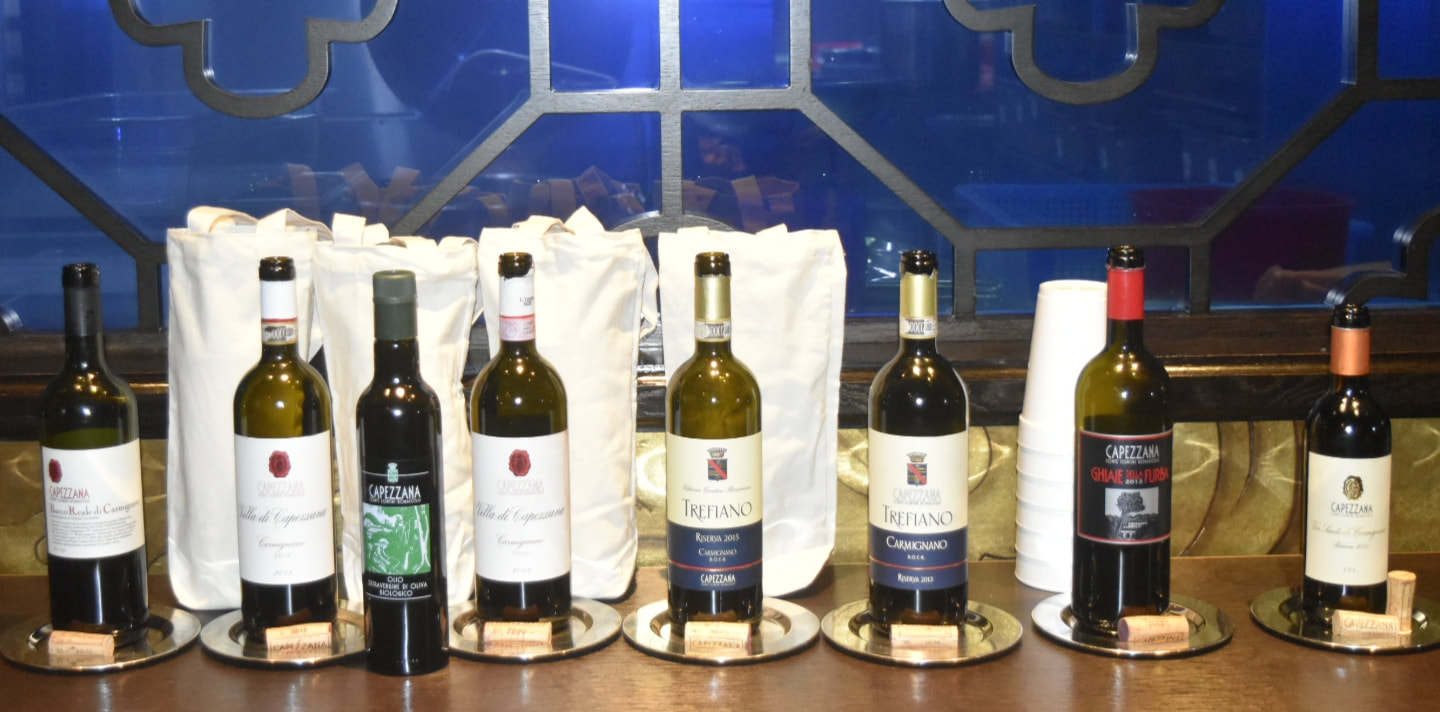 Vittorio’s wish was for all of Carmignano to become organic, so he began the process in 2008 with Capezzana. Through his determination and passion, Capezzana became fully organic and was granted organic certification beginning with the 2015 vintage. It was the first certified organic commercial winery in Carmignano. Bea stated, “I hope my brother’s dream comes true for all of Carmignano to become organic one day. It is at 50% now.” We began our exploration of the estate’s wines with a sample of their organic olive oil. The olive oil was poured into small cups and Bea showed us how to taste it. We put our hand over the top of the cup and swirled it to release the aromas. Then after breathing in the aromas, we were supposed to “slurp” a mouthful and inhale nosily in order to heighten the flavors. I don’t think anyone was very demonstrative with slurping! Organic Extra Virgin Olive Oil 2018 is a blend of 60% Moraiolo, 30% Frantoio, 5% Leccino and 5% Pendolino olives. The olive oil is superb. It has fruity and earthy aromas with a hint of artichokes. The palate offers light fruit balanced with a touch of pepper and nuttiness. This is an elegant olive oil that can be drizzled on anything. It is light enough to enhance the food but not overpower it. SRP: $38 Next, we tasted a stellar lineup of red wines served with a selection of delicious appetizers and main dishes. And I must say that all the wines complemented each course. Barco Reale di Carmignano DOC 2016 is a new vintage release made with 80% Sangiovese, 15% Cabernet Sauvignon, 10% Canaiolo, 5% Cabernet Franc. The wine is aged for 12 months in Allier barrels and then rests for a minimum of 3 months in the bottle prior to release. This is a fresh and youthful wine with intense aromas of dark cherry, berries and a hint of baking spice. It has lots of fruit on the palate with blackberry and dark cherry lingering on the finish. Nicely balanced with soft tannins. Alcohol: 13.5% SRP: $17 Villa di Capezzana DOCG 2015 is a blend of 80% Sangiovese and 20% Cabernet Sauvignon. The wine is aged in barrique and tonneaux for 12 months and then rests in the bottle for a minimum of 12 months. It has lovely aromas of floral mixed with red and dark fruit and hints of spice. The palate offers lush fruit, anisette and spice. Although this is an intense wine, it is fresh with structured tannins and a lengthy finish. Alcohol: 14% SRP: $27 Villa di Capezzana DOCG 2009 is a blend of 80% Sangiovese and 20% Cabernet Sauvignon. The wine is aged in barrique and tonneaux for 12 months and then rests in the bottle for a minimum of 12 months. This wine is rich and well structured with concentrated dark fruit both on the nose and palate. Licorice, dark chocolate and spice continue onto a long finish. Silky tannins and balanced acidity add to the richness of this wine. Alcohol: 14% SRP: $65 Trefiano Riserva DOCG 2015 is a blend of 80% Sangiovese, 10% Cabernet Sauvignon and 10% Canaiolo. The wine is aged in barrique and half new and half old tonneaux for 18 months, then rests for at least 24 months in the bottle prior to release. This is the estate’s first organic vintage. Bea said, “To honor my brother Vittorio, his name is on the bottle.” The wine has a lovely bouquet of ripe dark berries, cherry, plum and hints of pepper. Concentrated layers of ripe fruit, hints of herbs, pepper, spice and espresso envelop the palate. It is an elegant wine that is beautifully balanced. Alcohol: 14% SRP: $55 Trefiano Riserva DOCG 2013 is a blend of 80% Sangiovese, 10% Cabernet Sauvignon and 10% Canaiolo. The wine is aged in barrique and half new and half old tonneaux for 18 months, then rests for at least 24 months in the bottle prior to release. A powerful bouquet of dark and red fruit, spice and dark chocolate set the stage for a concentration of rich dark fruit led by black cherry, plum and spice. This wine is silkier than the 2015 vintage, but all the elements remain. Alcohol: 14% SRP: $55 Ghiaie Della Furba IGT 2012 is a Bordeaux-style blend made with 50% Cabernet Sauvignon, 30% Syrah and 20% Merlot. Bea said, “My father decided he wanted to make an innovative wine.” The wine was first created in 1979 by Ugo and Vittorio and was a blend of Cabernet Sauvignon, Cabernet Franc and Merlot. The blend was modified in 1998 with the addition of Syrah and today the blend is as above. The wine is aged in barrique for15 months, followed by a minimum of 12 months in bottle prior to release. Aromas of red fruit, cherry tobacco, spice and herbs are enticing. The palate offers dark and succulent fruit mixed with hints of fennel and spice. It is structured and well balanced with a long silky finish. Alcohol: 14% SRP: $60 And lastly, an elegant dessert wine was poured. Vin Santo Riserva DOC 2011 is a blend of 90% Trebbiano and 10% San Colombano. The grapes are dried through natural methods on cane matting from harvest through to the following February and then vinified in traditional small chestnut, maple and cherry casks. The wine is aged for five years and in bottle for a minimum of 3 months. Bea said, “It is a wine that doesn’t follow any pattern or rule. It is my child.” Heady aromas of perfume, almonds and candied fruit spill onto the palate with added notes of fig, spice and orange zest. This is a sweet and decadent wine that pairs well with desserts and aged cheeses. Alcohol: 14.5% SRP: $55 In addition to producing elegant and expressive wines that have finesse and structure, Capezzana also has a cooking school and wine bar on the premises. It is an “all in the family” venture.
I would like to leave you with a quote taken from Capezzana website. “The taste of the area of origin is the thing that interests us most to carry on, that is the scent of the land that enters, unique and unparalleled in our wines.” Until next time… Cheers! Penina To leave a comment or if you have an inquiry, please contact me at [email protected] About one year ago I wrote a story and reviewed some impressive wines from Peter Zemmer Winery located in the magical setting of Alto Adige, the northernmost wine region of Italy. Alto Adige is bordered by Austria and Switzerland and is one of Italy’s smallest winegrowing regions. 98% of wines produced here fall into the DOC designation. Peter Zemmer Winery is situated in the very small community of Cortina that has approximately 600 inhabitants in the village. Snowcapped mountains surround Cortina which encompasses beautiful Alpine villages and scenic valleys. The winery was founded in 1928 by Peter’s great uncle and is one of the oldest wineries in Alto Adige. Peter is now the third generation in this family-run winery. To quote from my last story, “Alto Adige enjoys a mild Alpine-continental climate with big temperature swings between day and night, averaging 64 degrees during the grape growing stage. There are over 300 days of sun per year with approximately 27 inches of rainfall per year. The Dolomites protect the vineyards from cold winds coming from the north. And to the south, where the land is open, warm air currents waft over the winegrowing vineyards coming from Lake Garda and the Mediterranean. The lowest vineyards are at 750 feet and the highest vineyards reach 3,250 feet above sea level. The average elevation is approximately 1,600 feet. Alto Adige has a broad range of soils such as volcanic porphyry, quartz, limestone, dolomite and sandy marl. The soils combined with the climate make an ideal stage on which to grow high-quality grapes. More than sixty percent of the region’s vineyards are white grape varieties such as Pinot Grigio, Chardonnay, Pinot Blanc, Gewürztraminer and Veltliner. Approximately forty percent of the vineyards are red grape varieties such as Cabernet Sauvignon, Merlot, Pinot Noir, Malvasier, Schiava, Lagrein and Moscato Rosa”. So, with that in mind, let’s explore an exceptional Pinot Grigio that arrived at my doorstep recently. According to the local dialect, “Giatl” means “little property” or “little vineyard” and also refers to a nearby hamlet of the same name. Grapes are selected from individual vineyards in the Giatl site, located in the valley around the center of Cortina. It is comprised of 24 acres of which two-thirds are owned or leased by the Zemmer family. Extreme chalky soil, sand and shingle dominate the area. In addition to ideal climatic conditions, during the growing season, the grapes benefit from the daily wind ‘Ora’ emanating from the south that refreshes and ventilates the grapes. The grapes are harvested from the best six acres, with vines ranging from 15 to 30 years of age. Fermentation takes place in small French oak casks, making Zemmer one of the very few producers to vinify Pinot Grigio in wood casks. The wine is then aged for 12 months in French oak, followed by six months aging on the lees in stainless steel. An additional six-month rest takes place after bottling. Pinot Grigio Riserva GIATL Alto Adige DOC 2016 is 100% Pinot Grigio with a soft lemon color. Fruity and floral aromas give way to an exciting palate with a rich and creamy texture. Layers of apples, peach, pear, lemon, honeysuckle, melon and subtle toasty notes are balanced with acidity and a long delectable finish. Drink as an aperitif or pair with fruit, cheese and light fish entrees. Recommended cellaring is 6-8 years. Quite honestly, this is the best Pinot Grigio that I have ever tasted!
Alcohol: 14.5% SRP: $38 I think I’ve found another sunset sipper for the summer! Thank you Peter Zemmer! Until next time… Cheers! Penina To leave a comment or if you have an inquiry, please contact me at [email protected] |
Categories
All
|

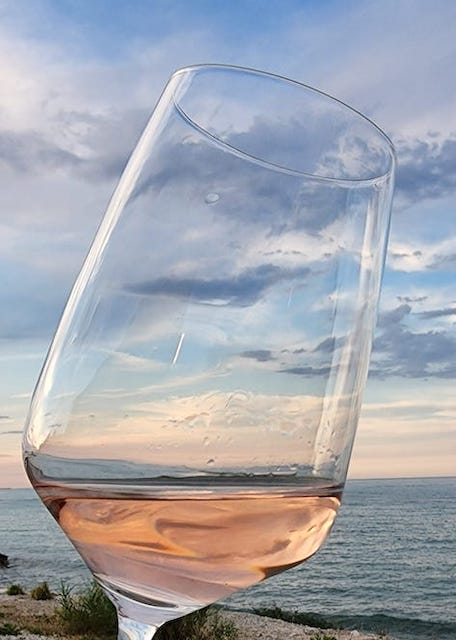
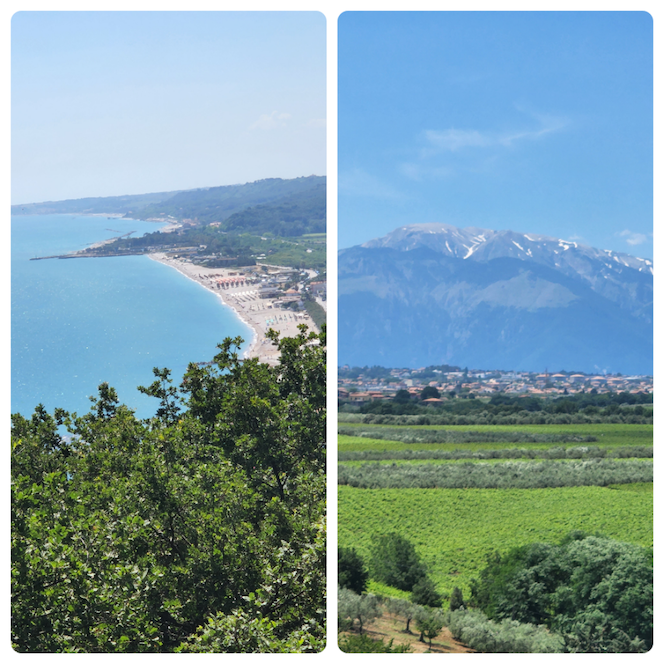
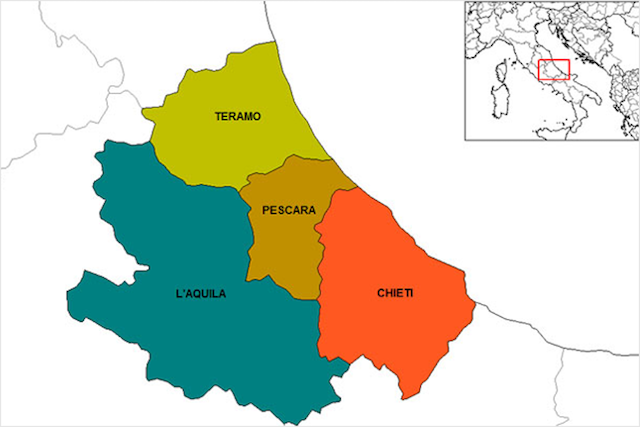
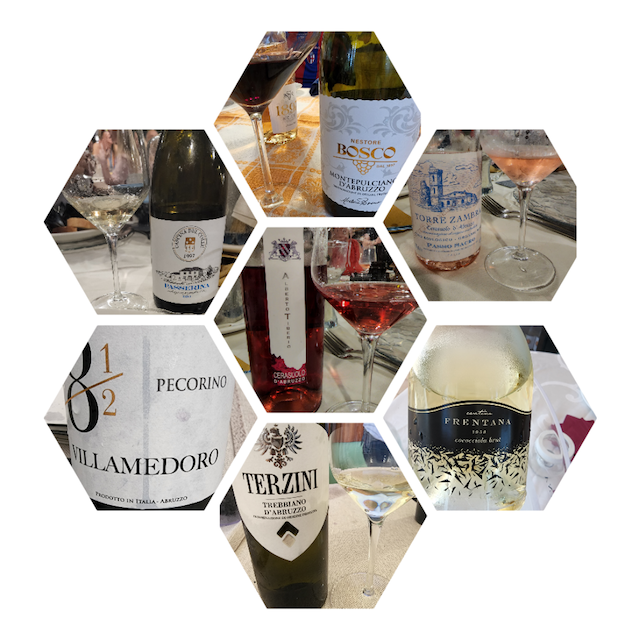
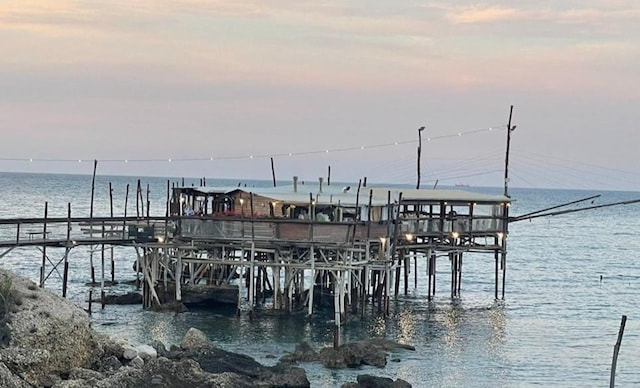
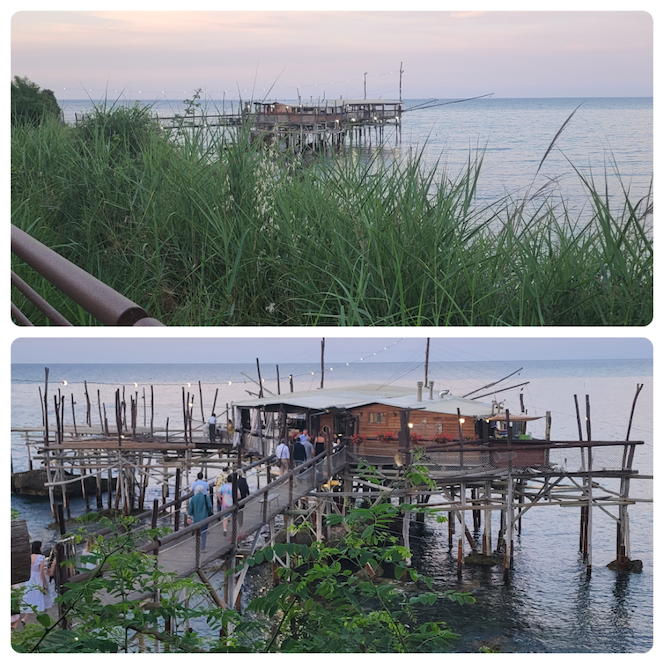
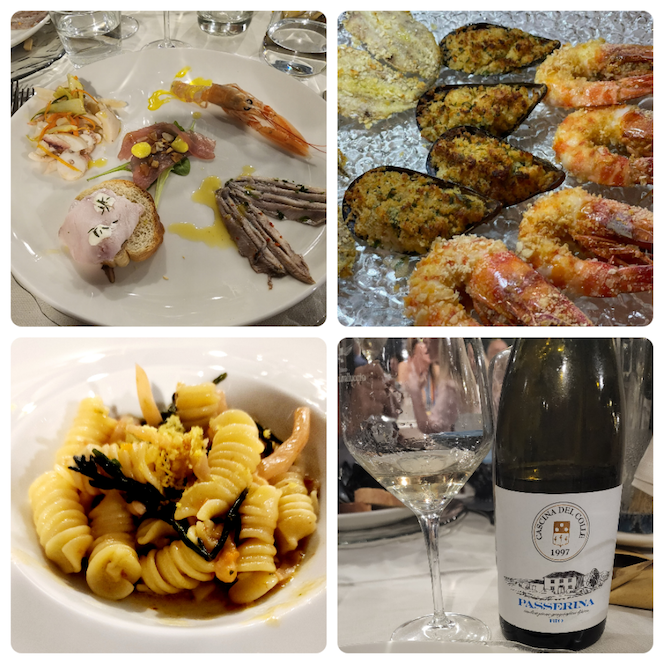
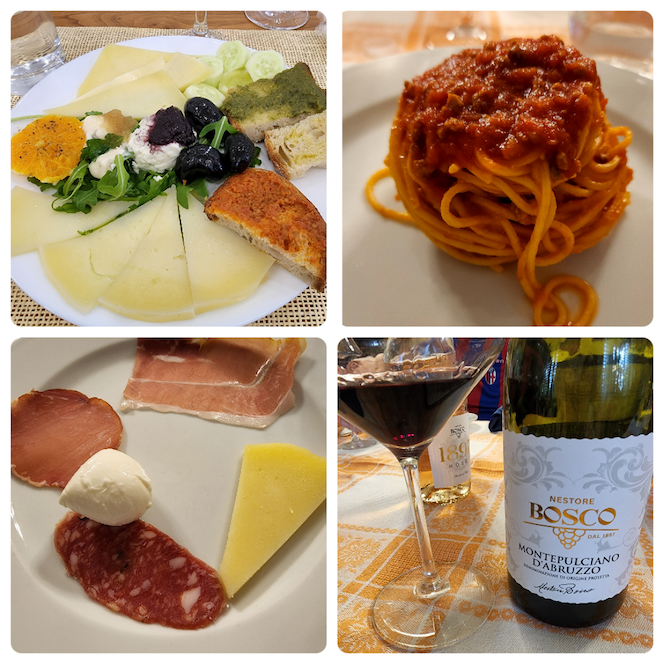
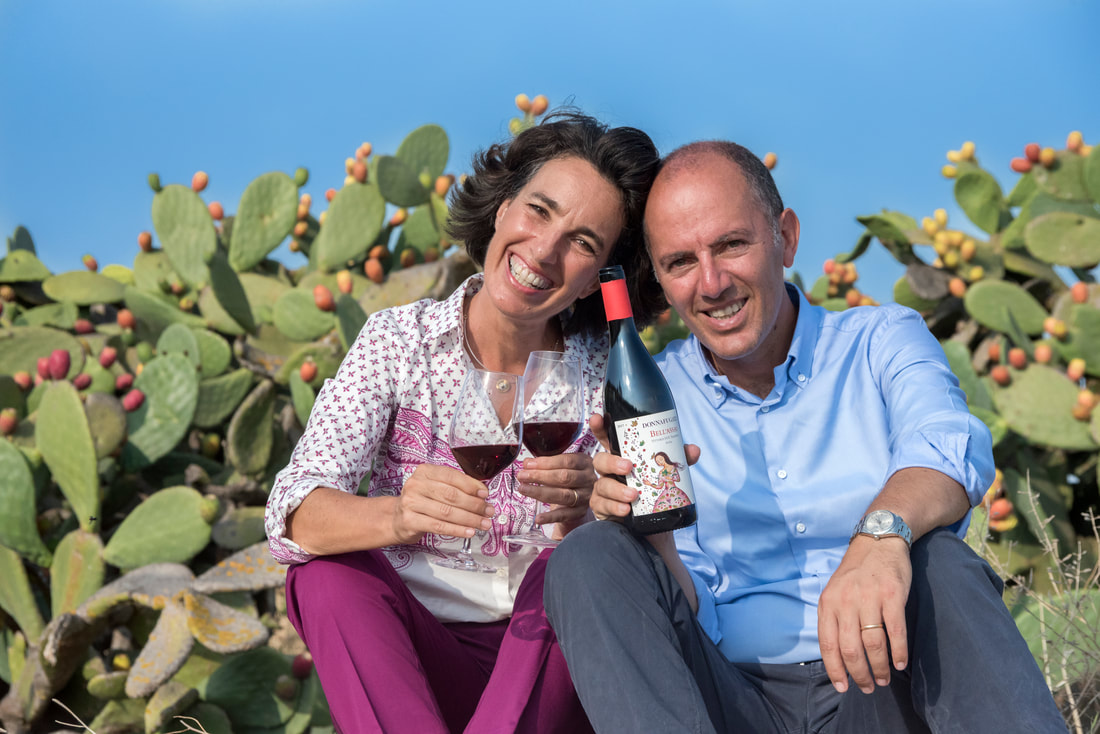
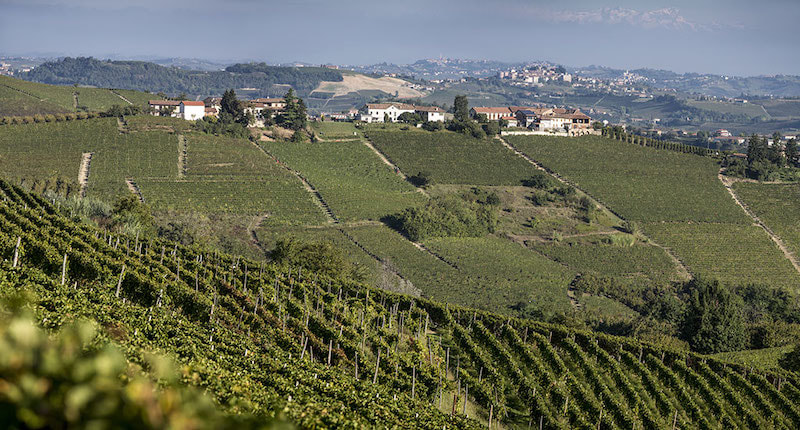
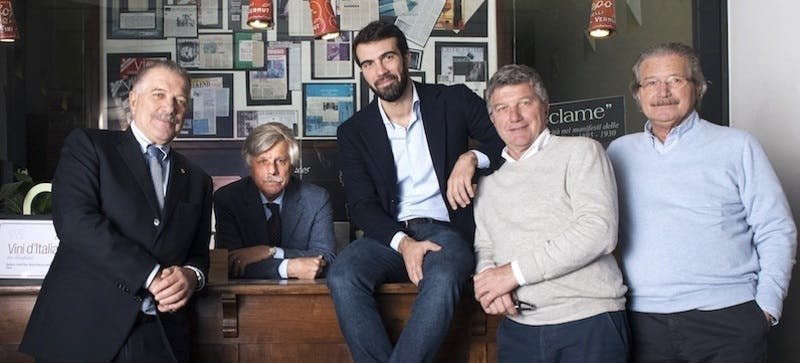
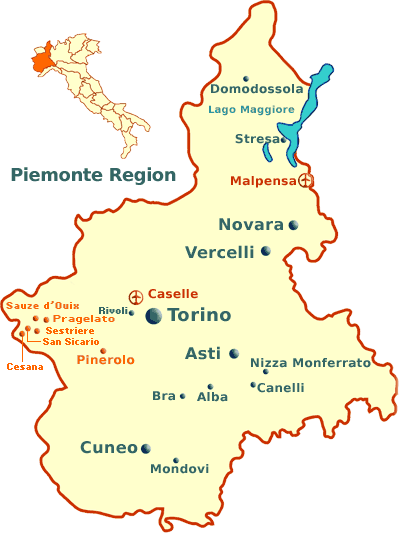
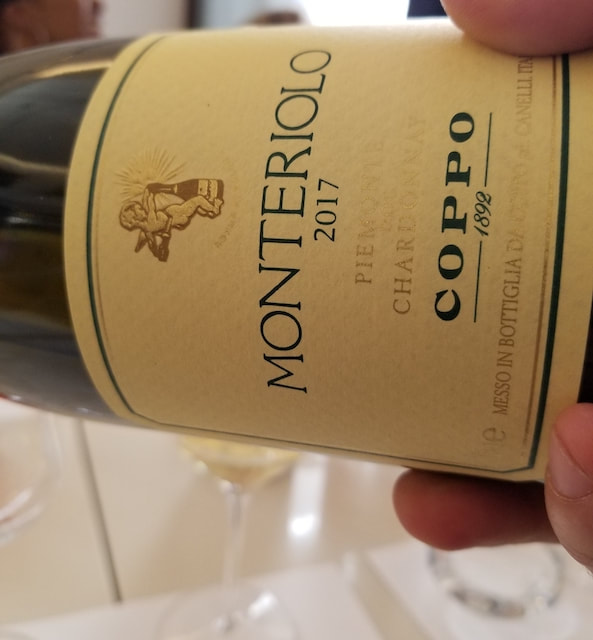
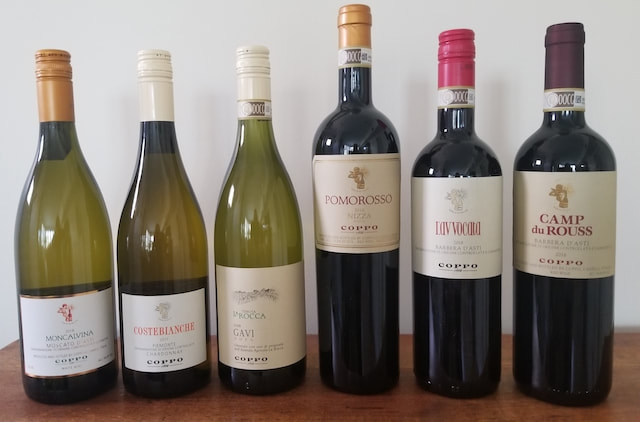
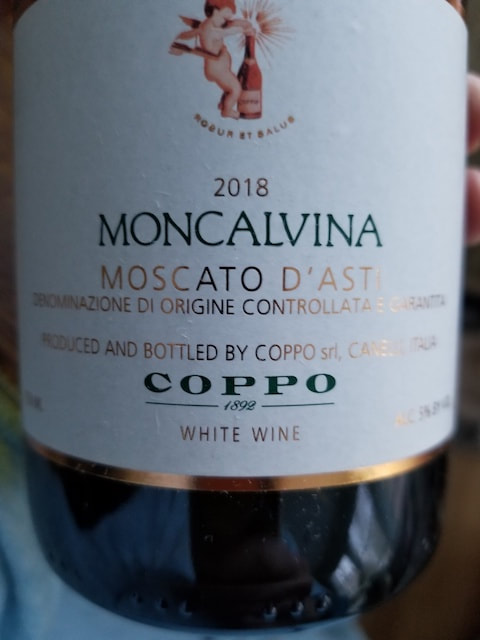
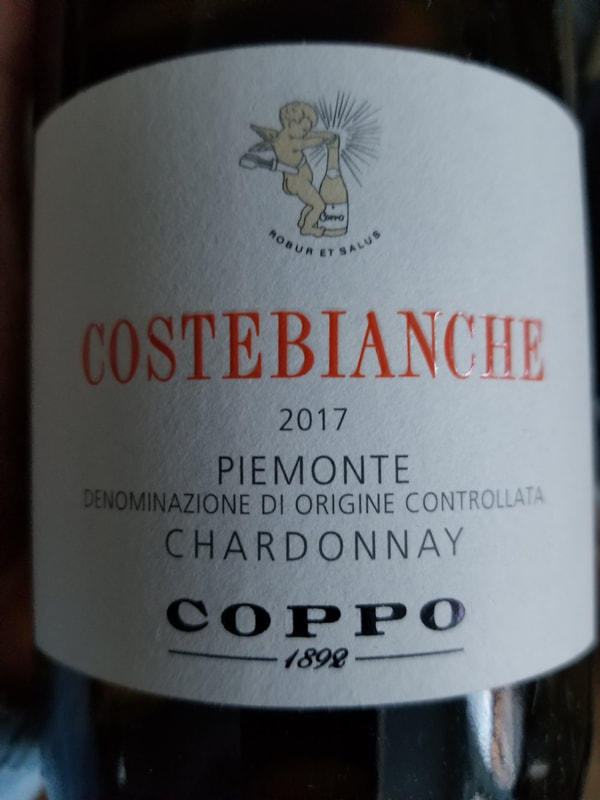
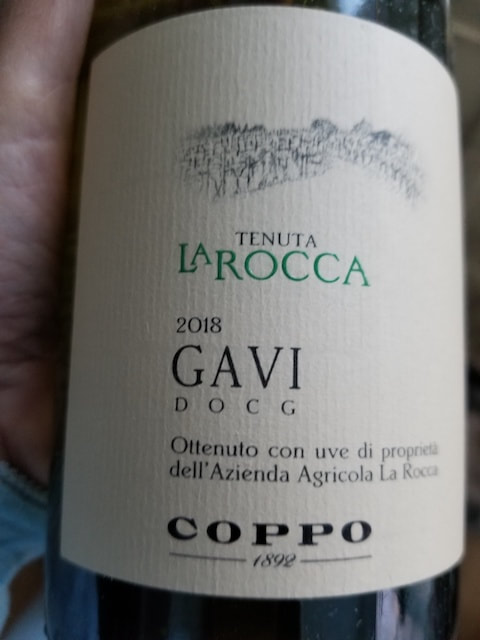
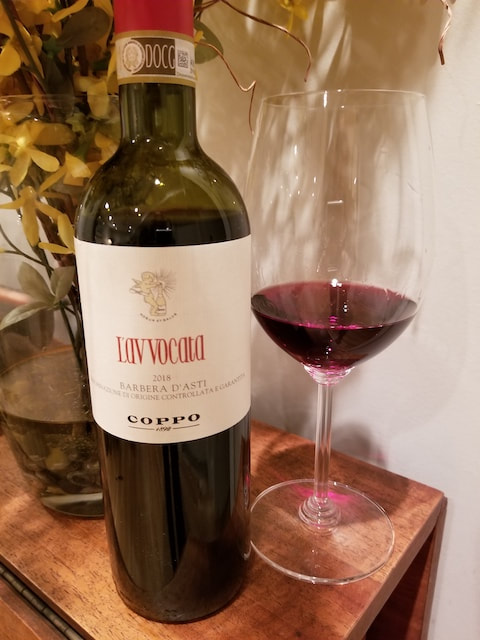
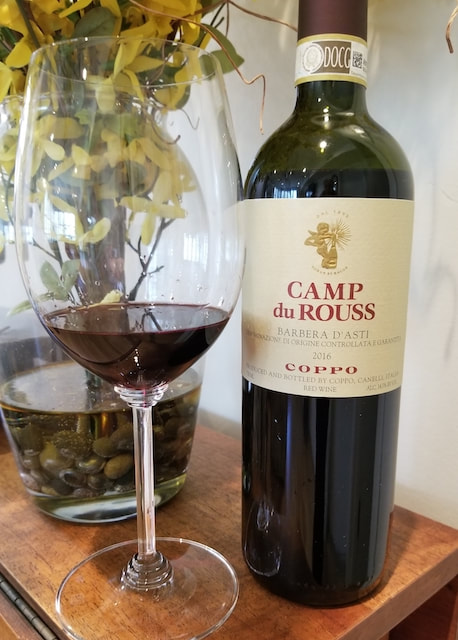
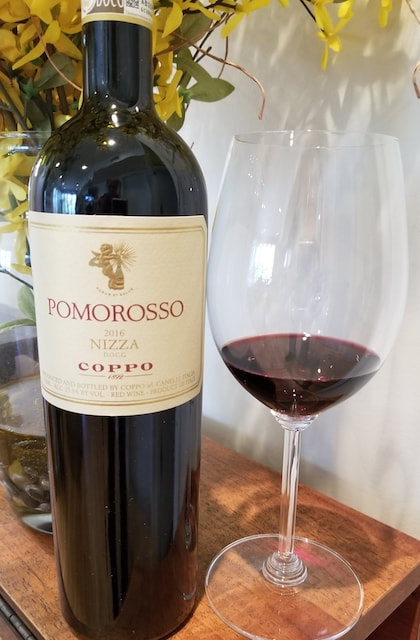
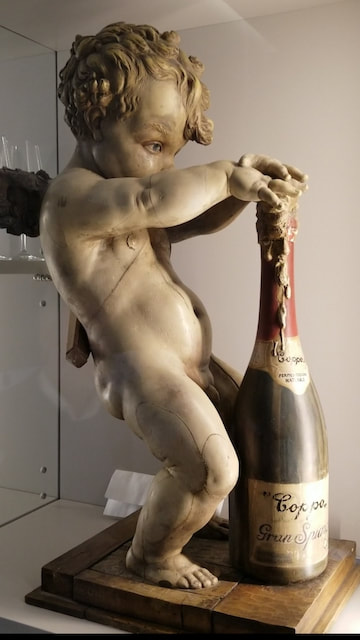
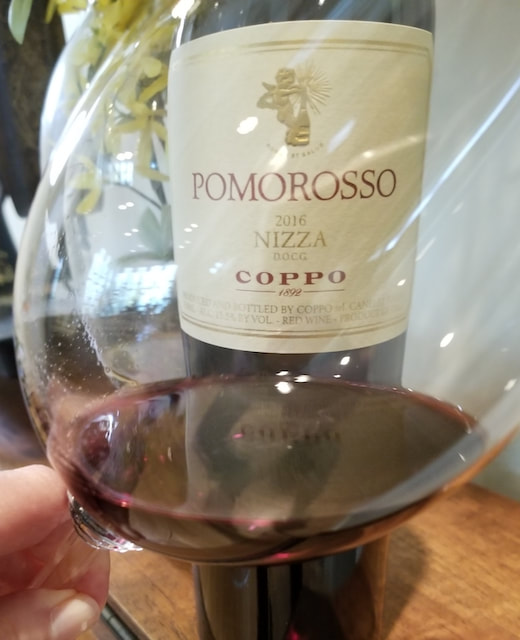
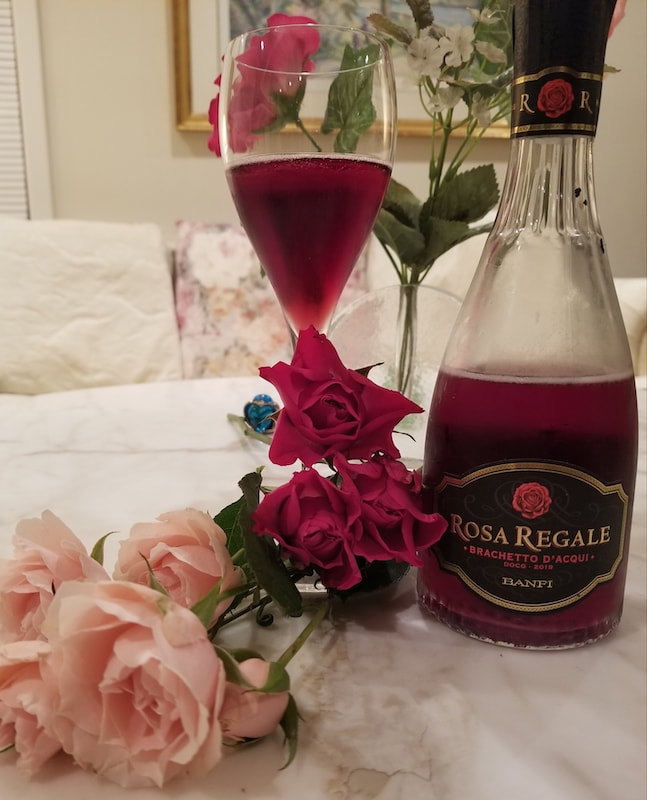
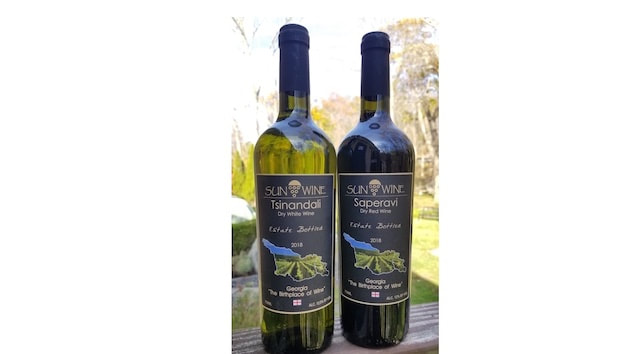
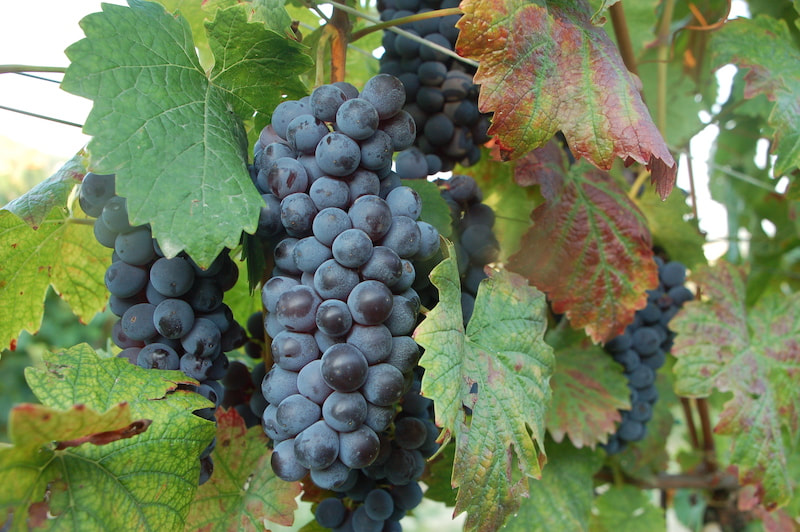
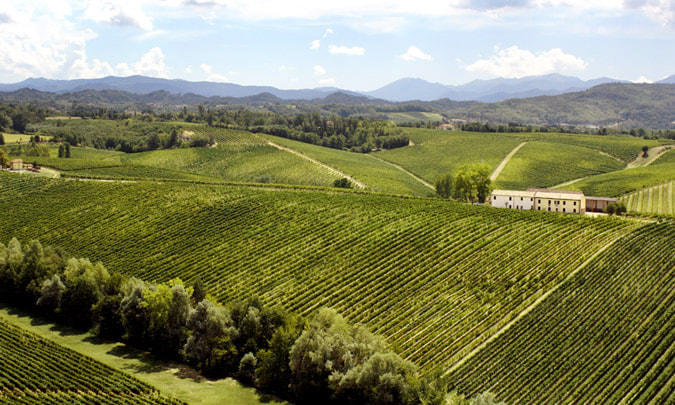
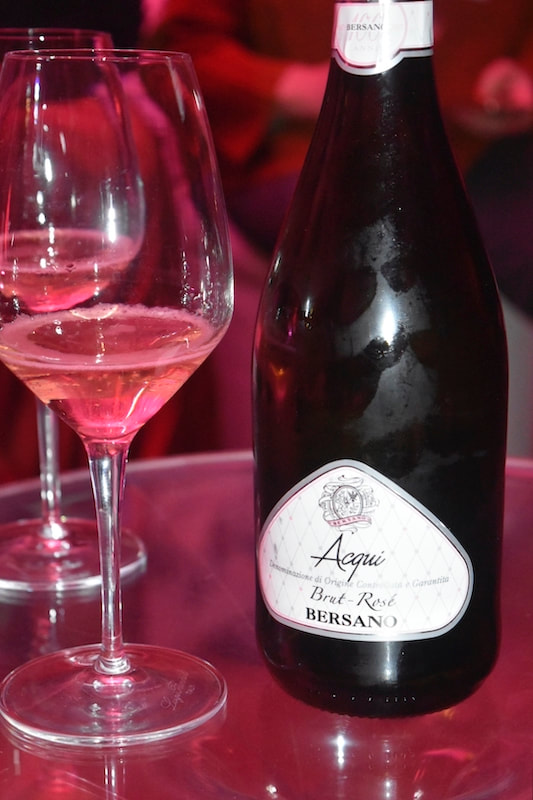
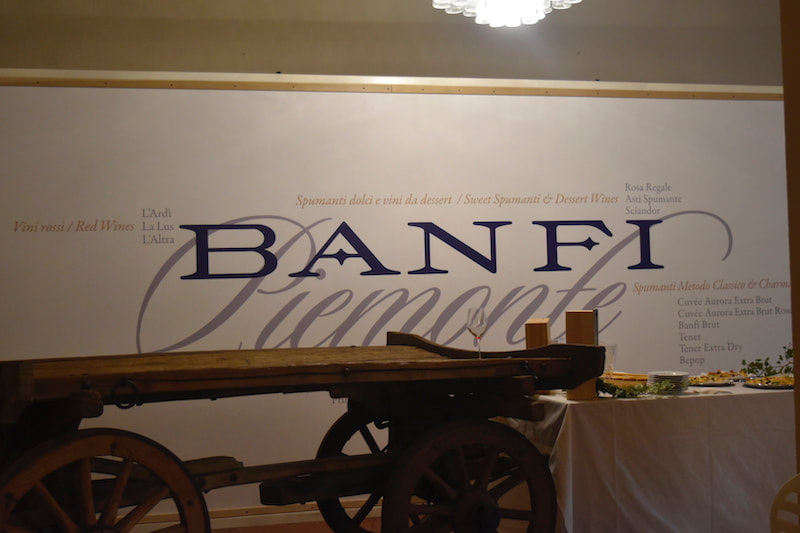
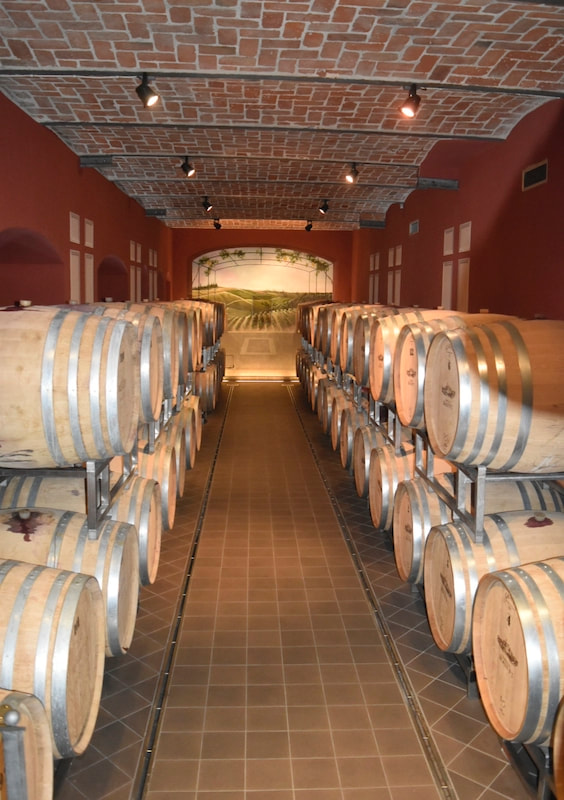
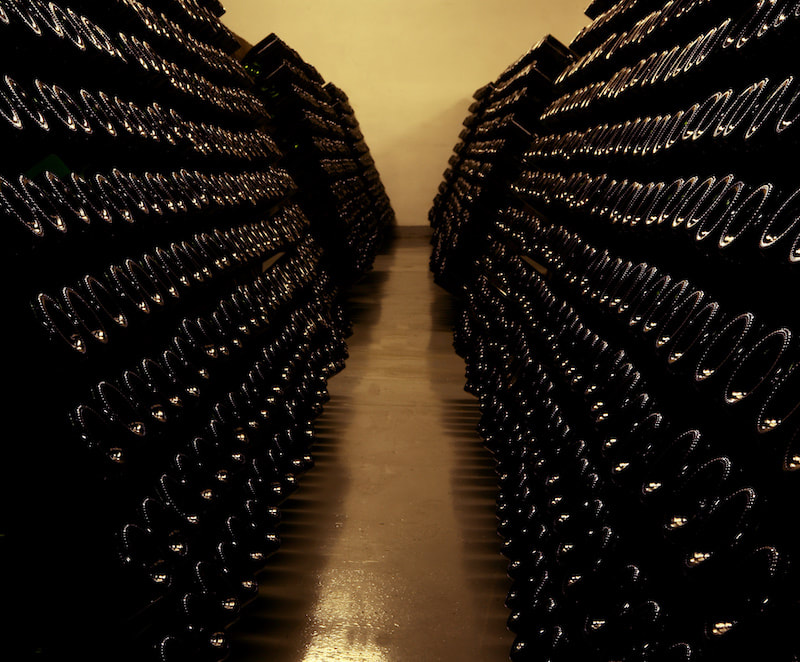
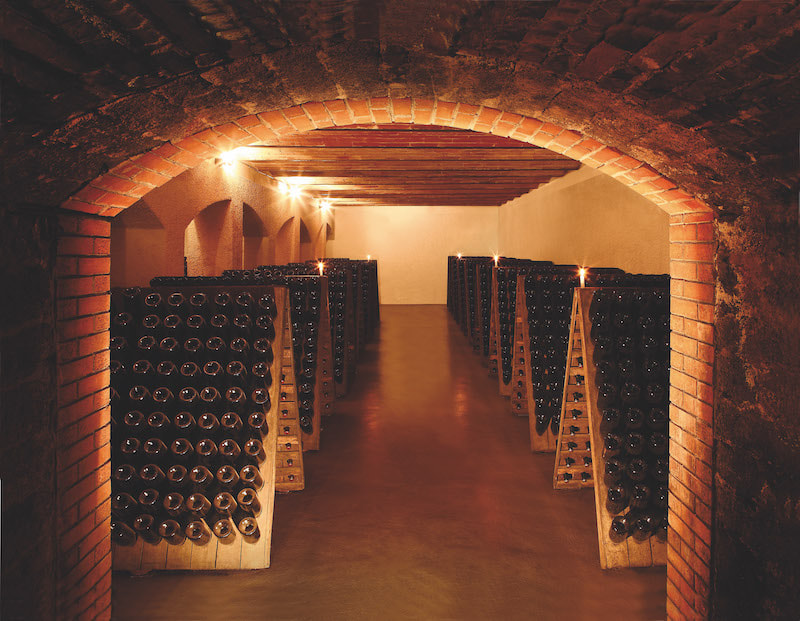
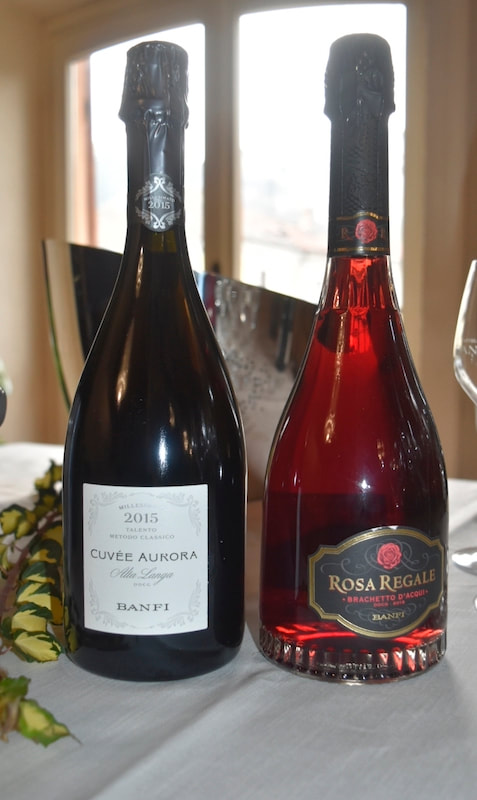
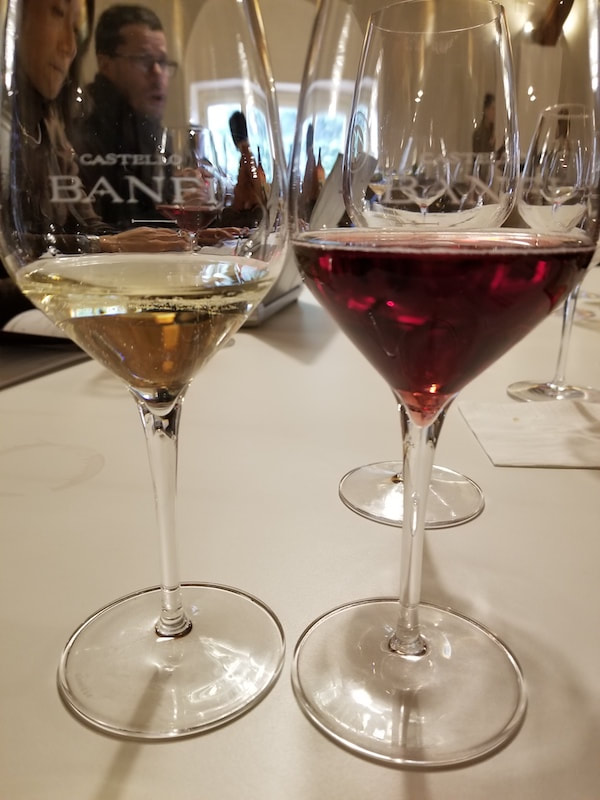
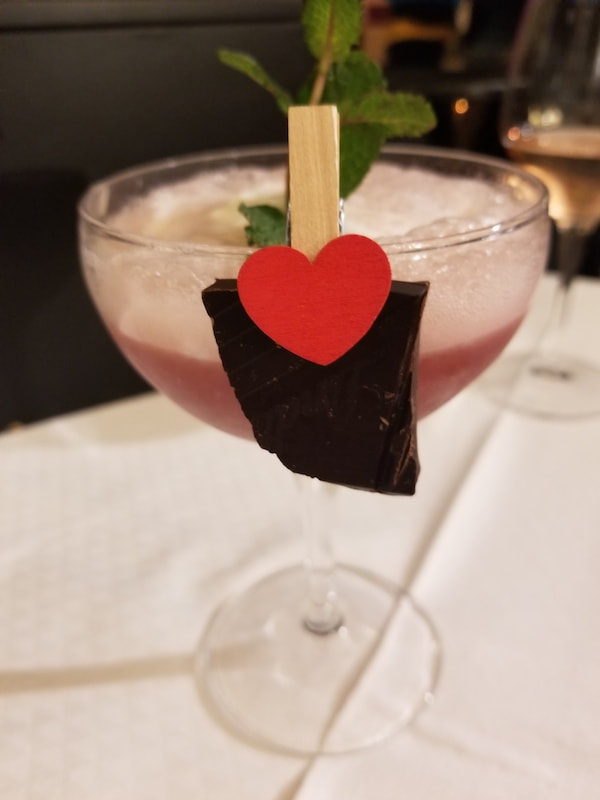
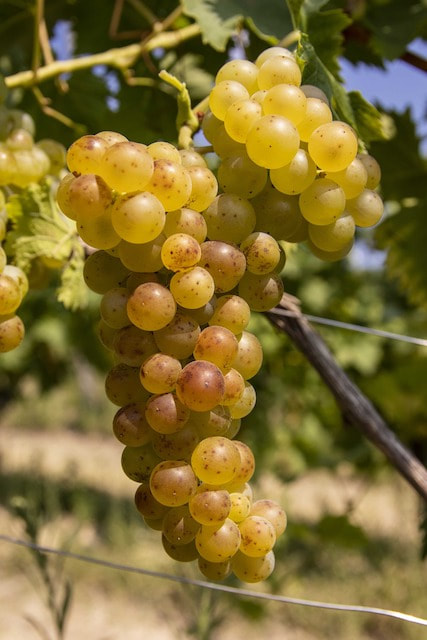
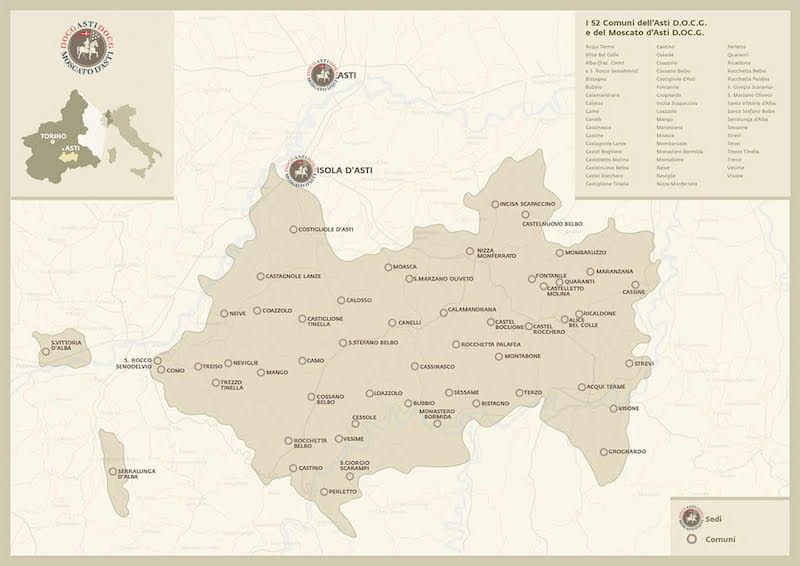
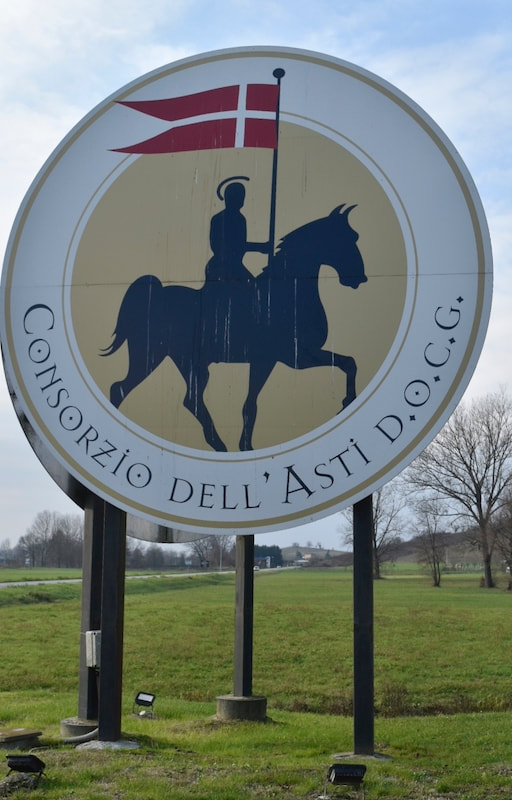
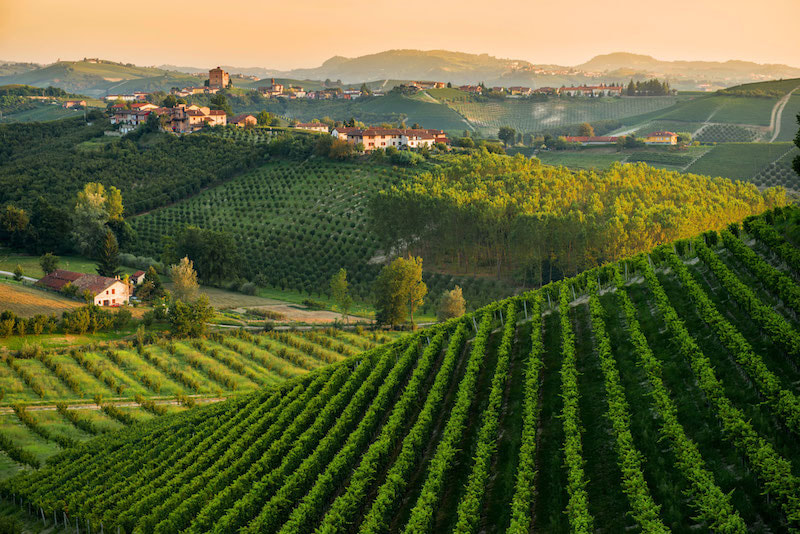
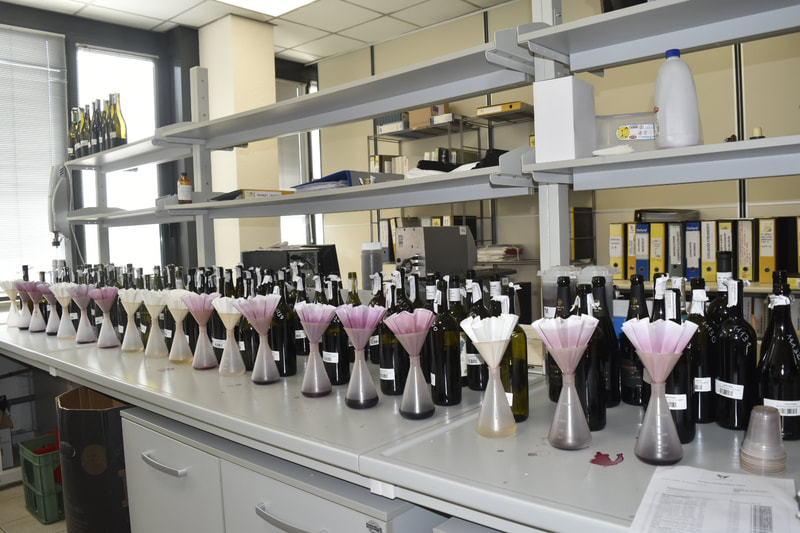
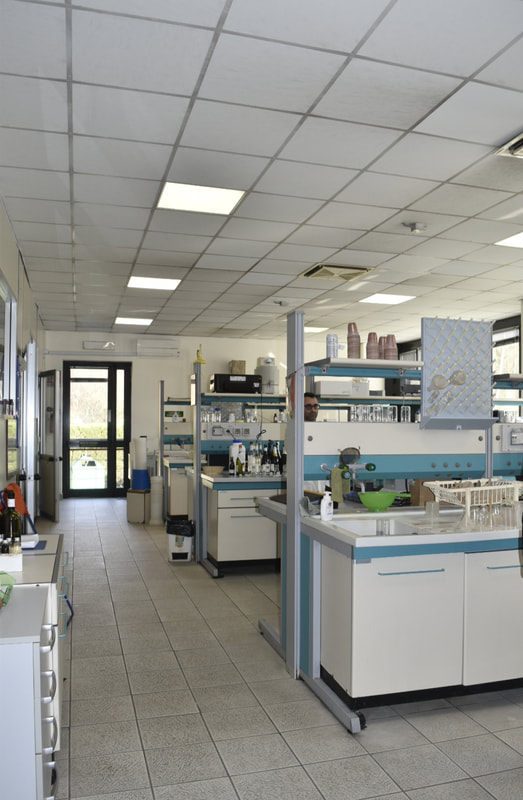
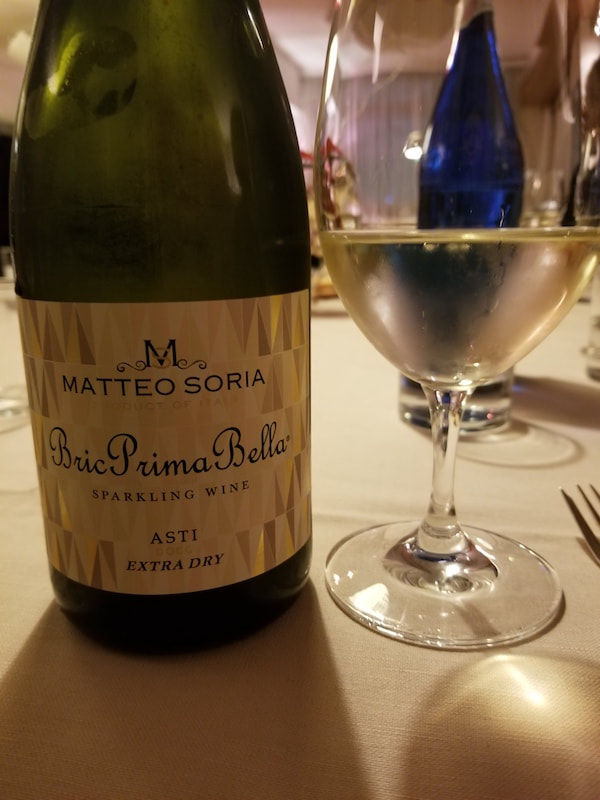

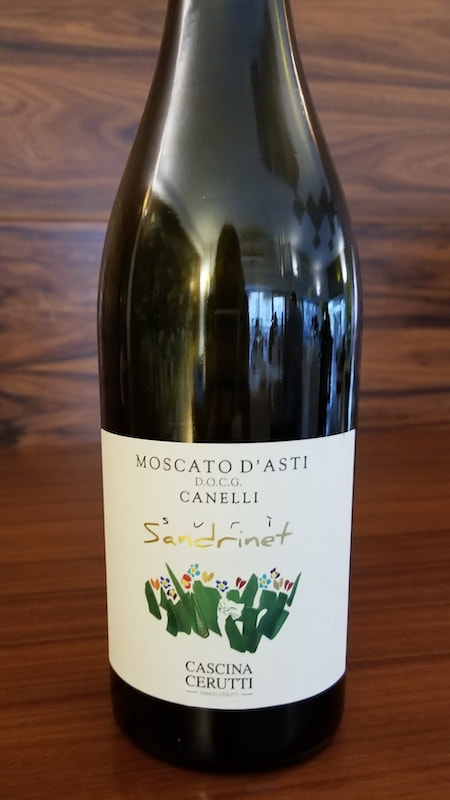
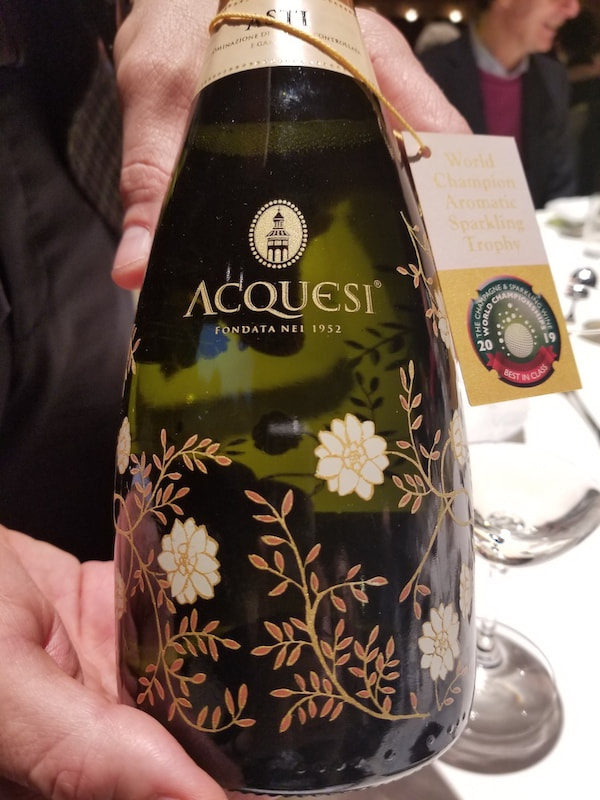
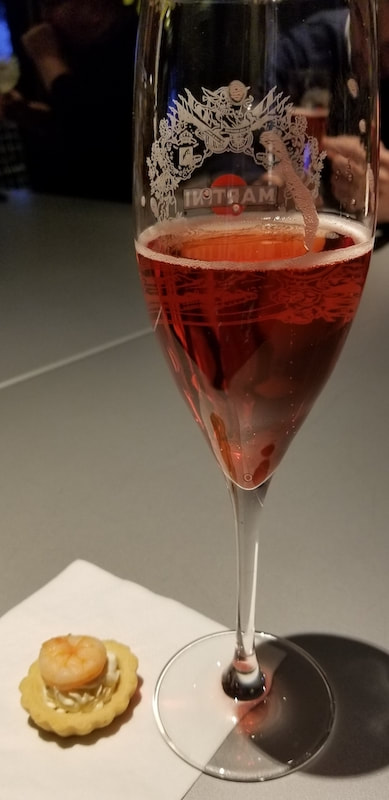
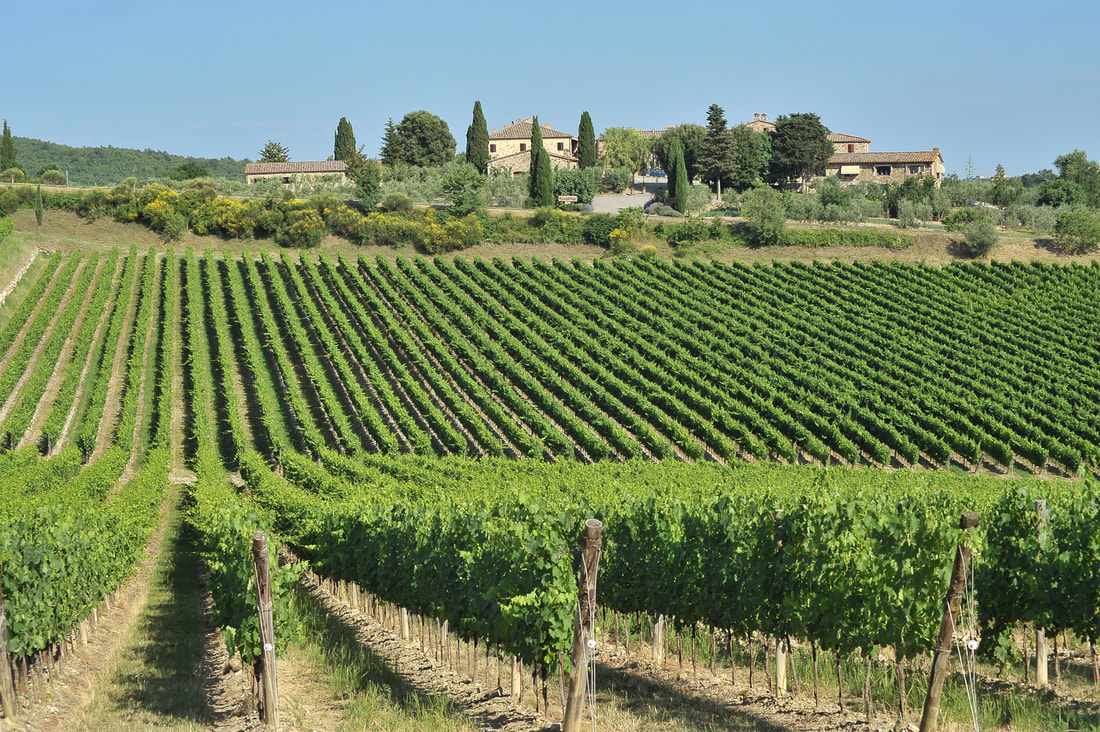
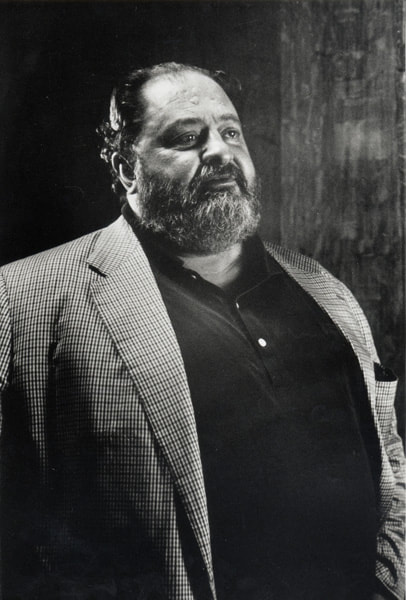
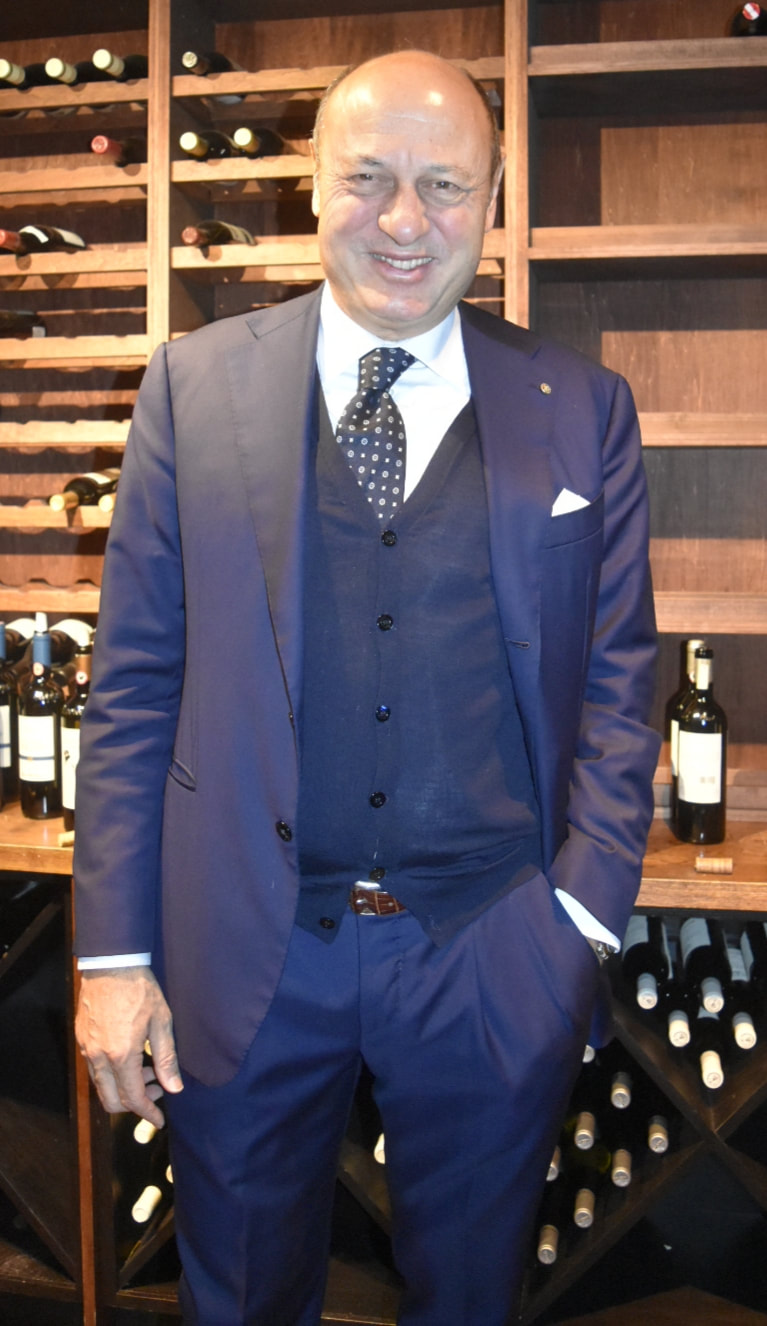
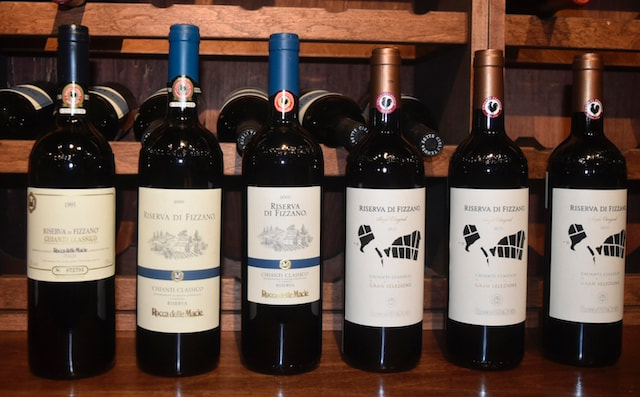
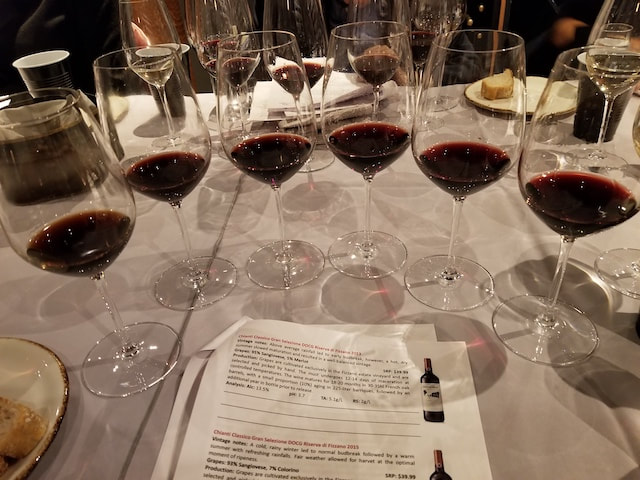
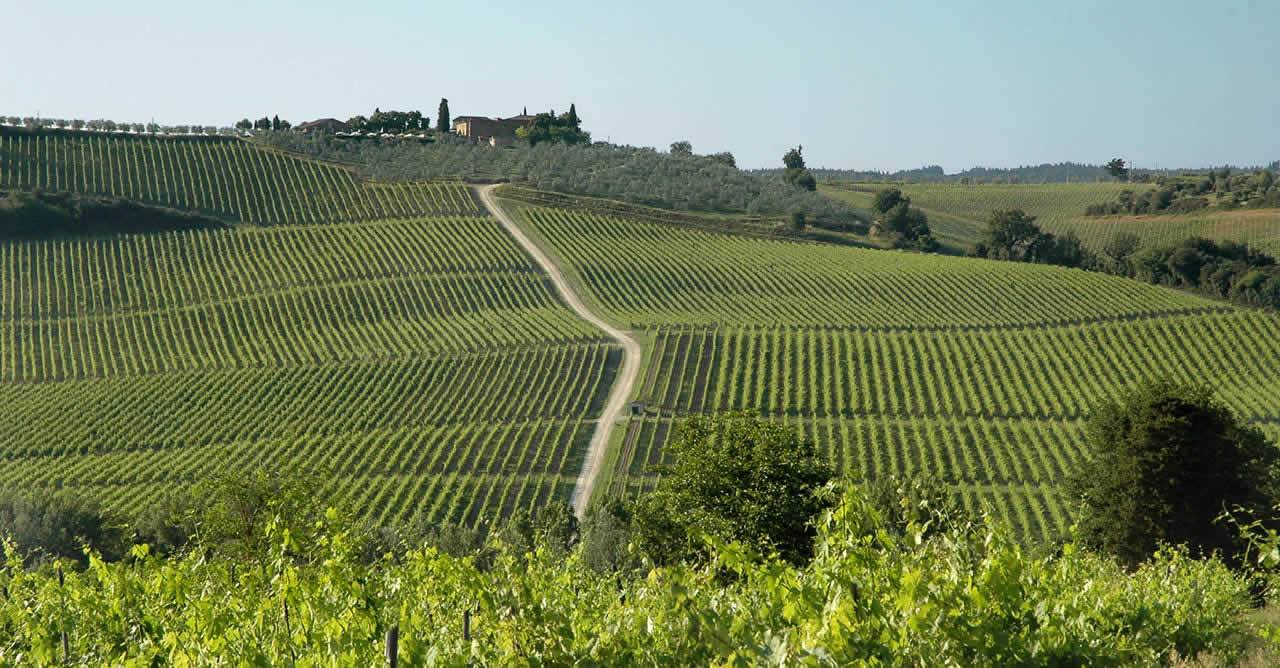
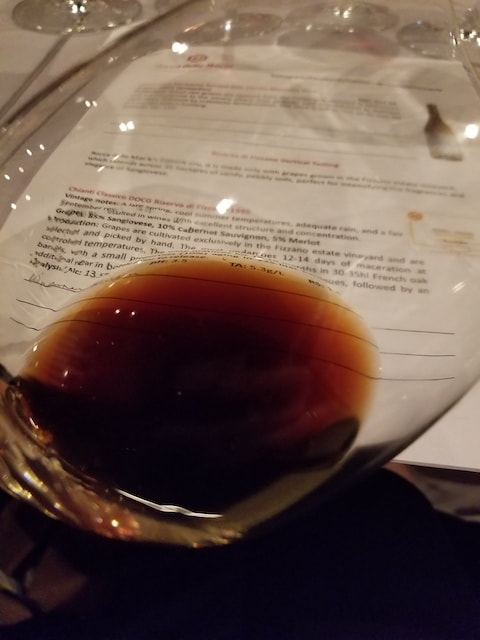
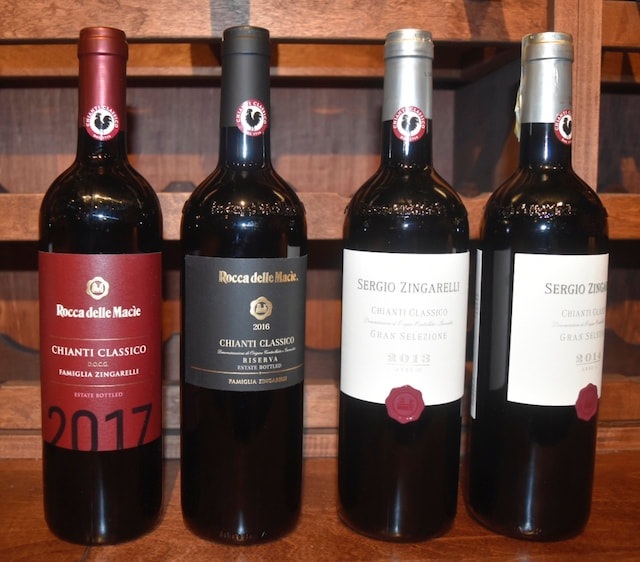
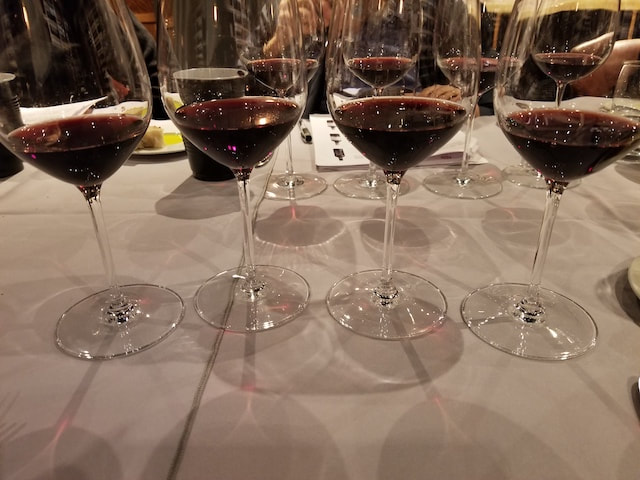
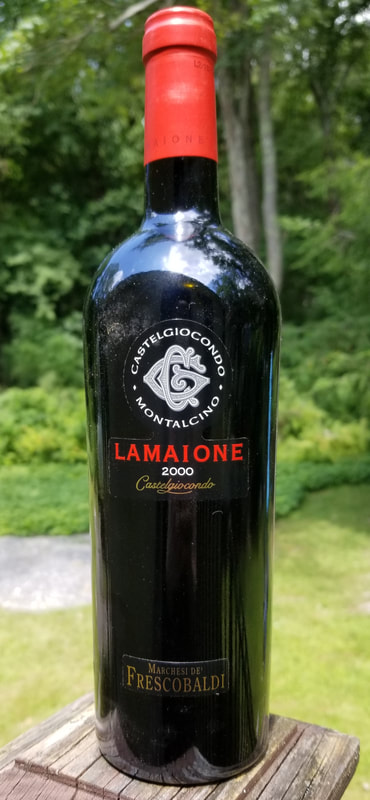
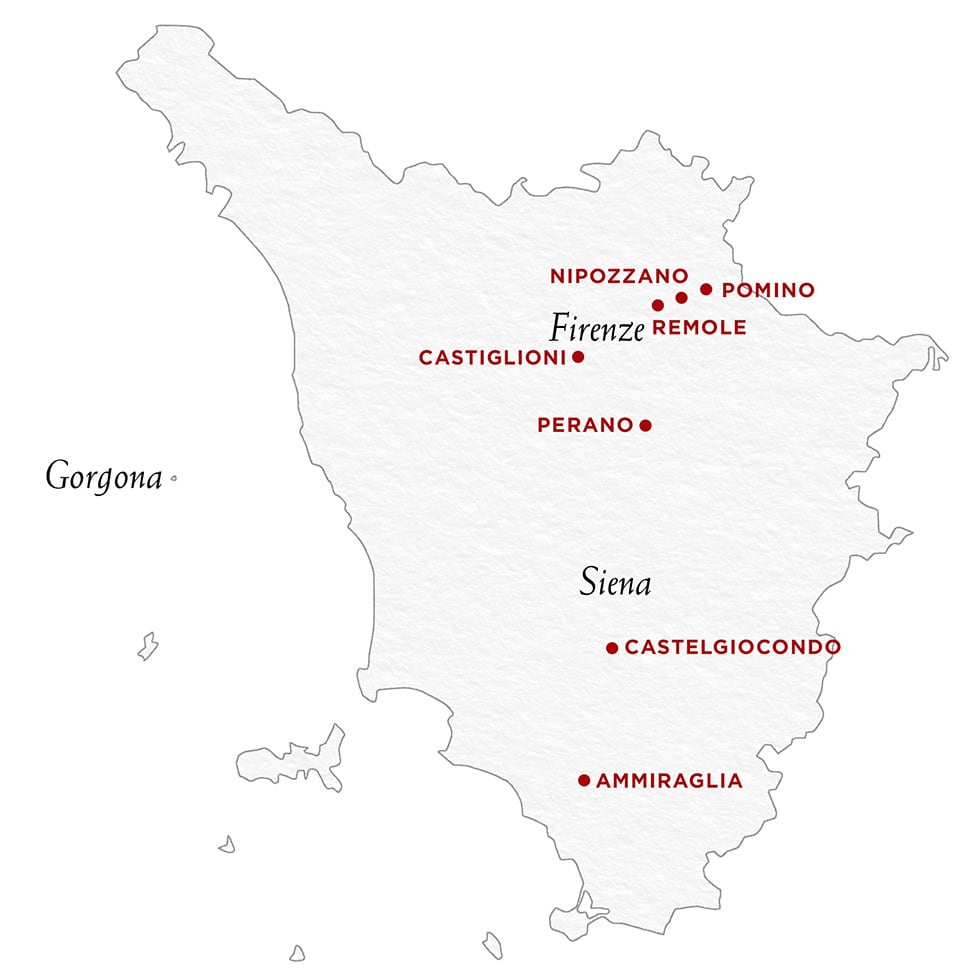
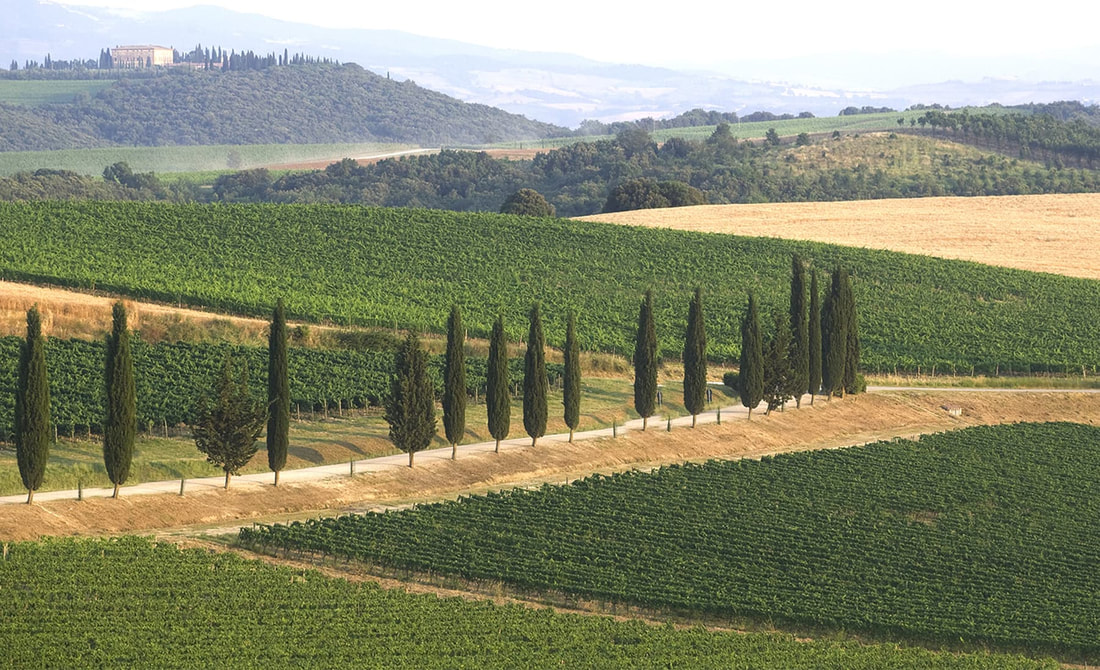
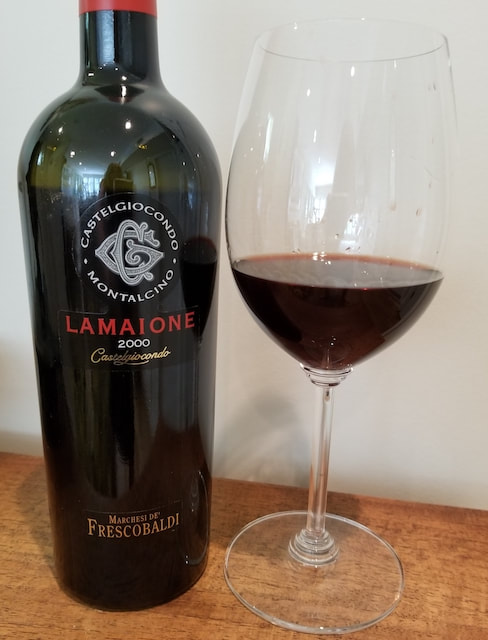
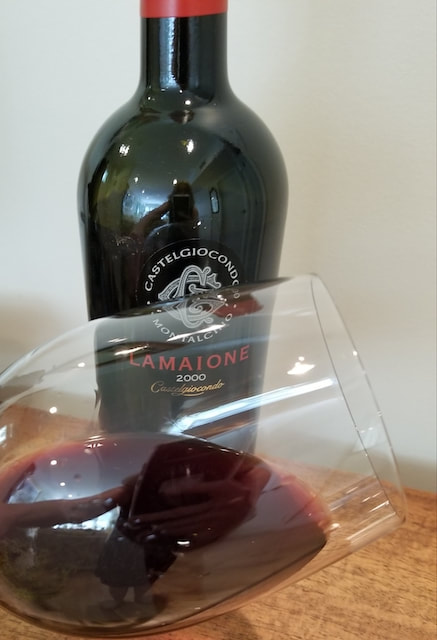
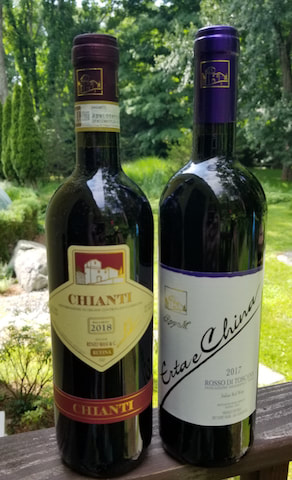
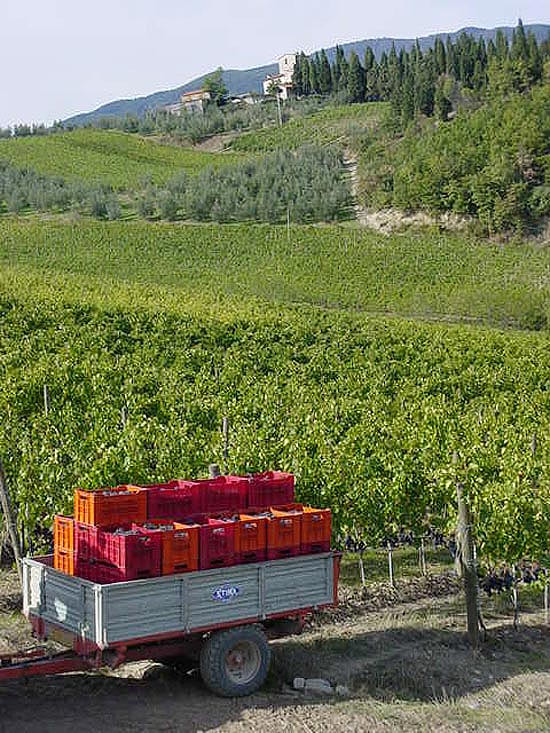
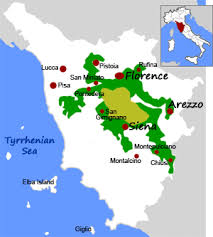
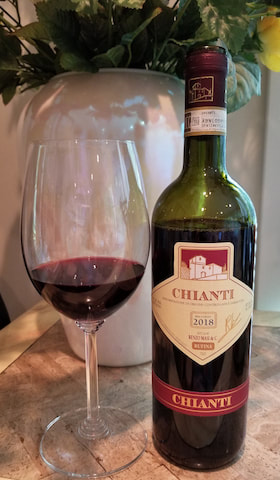
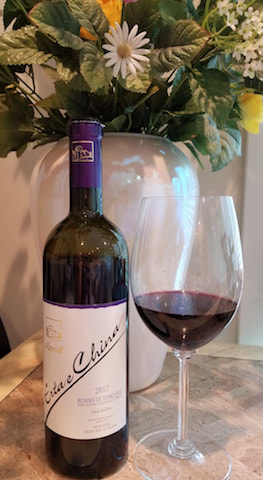
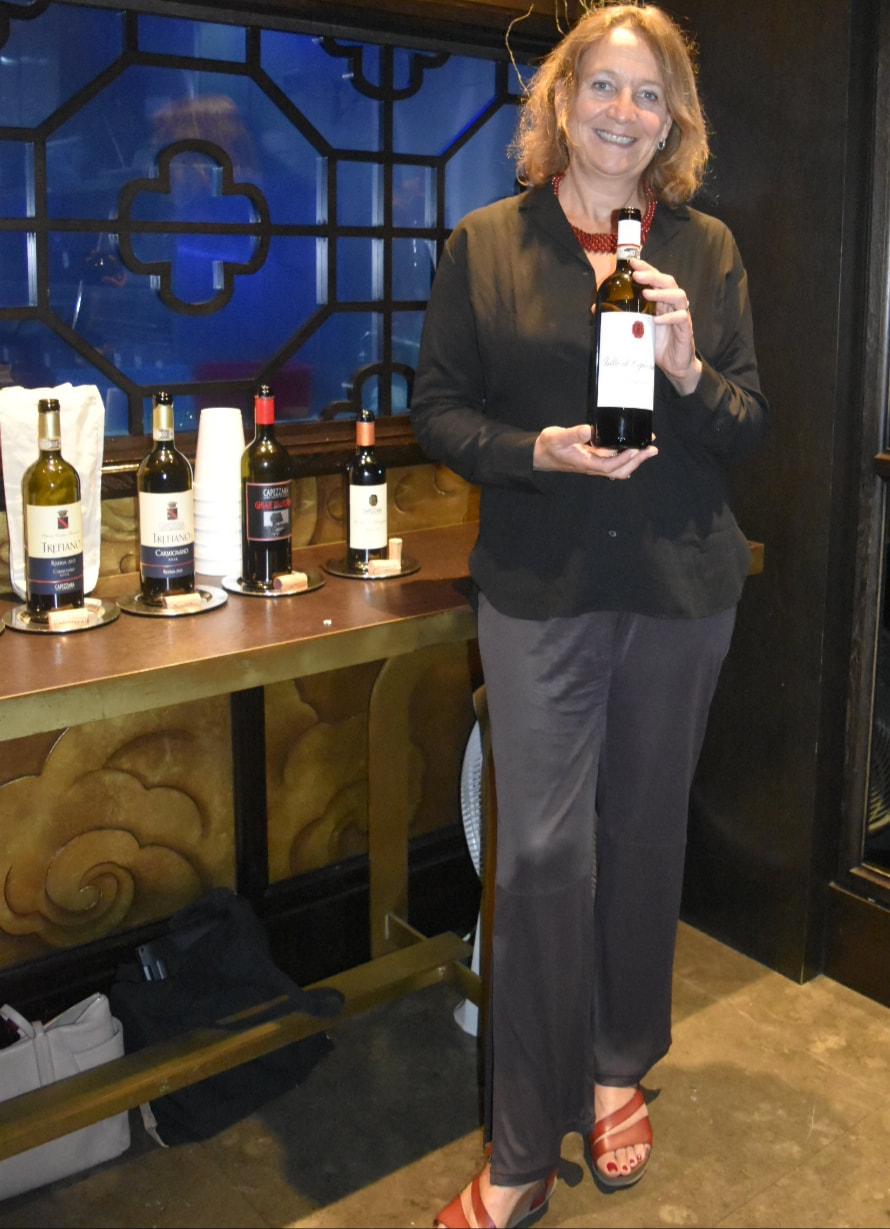
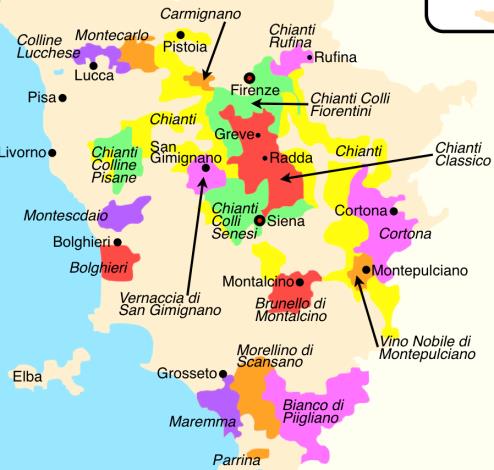
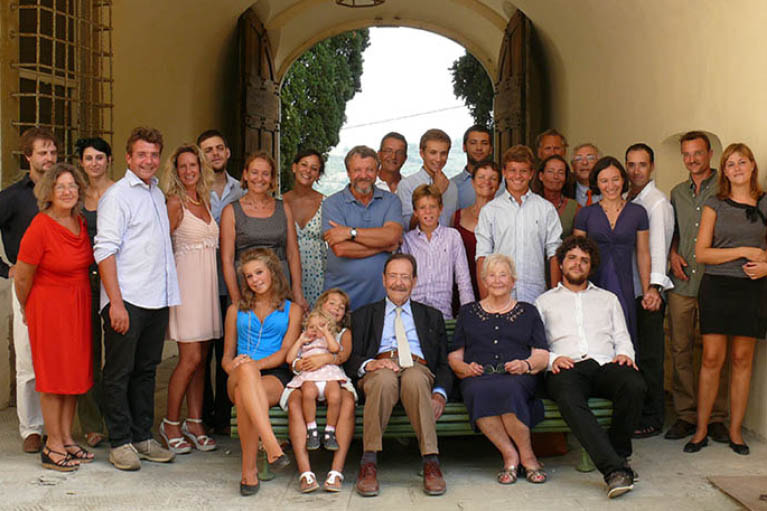
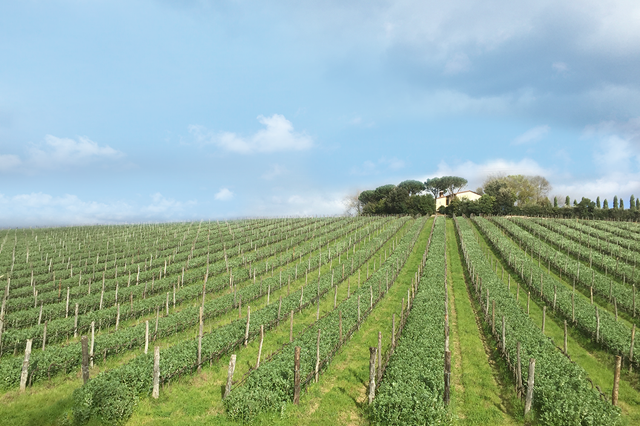
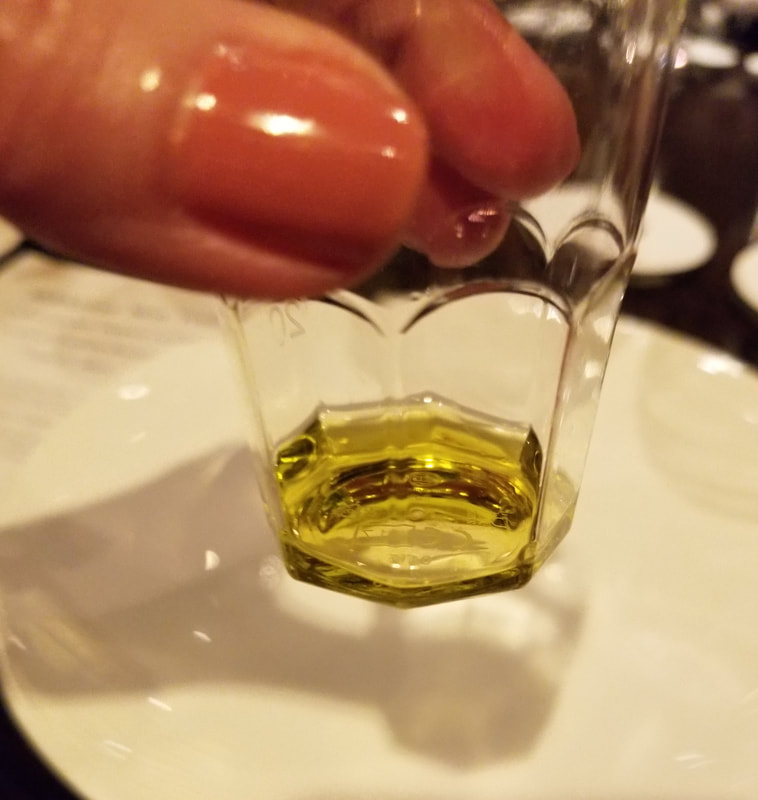

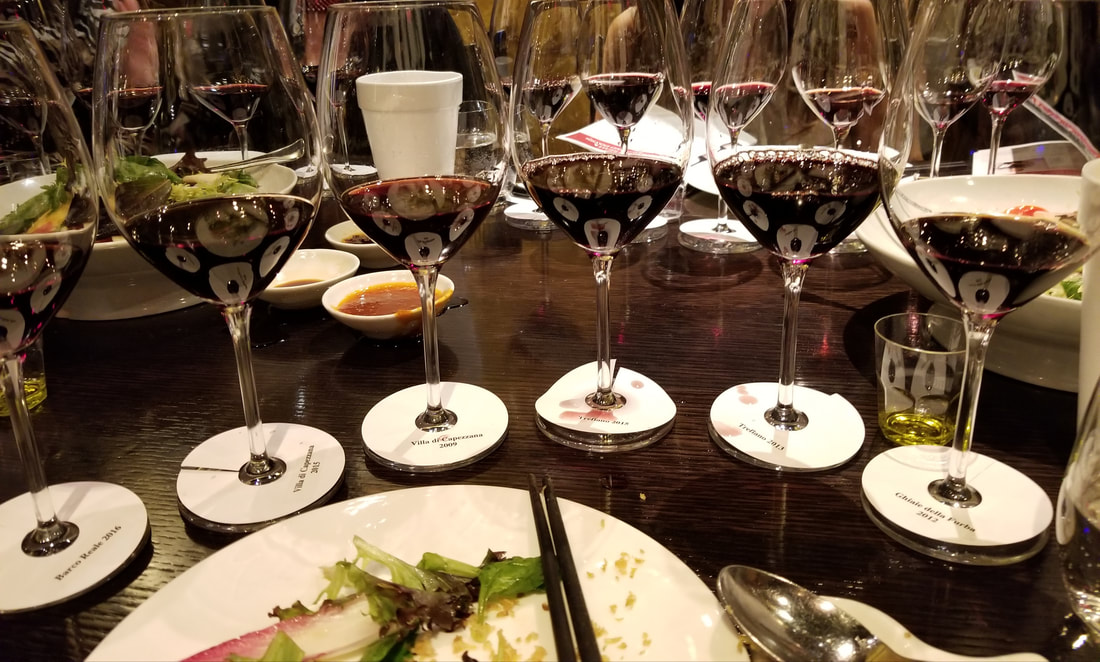
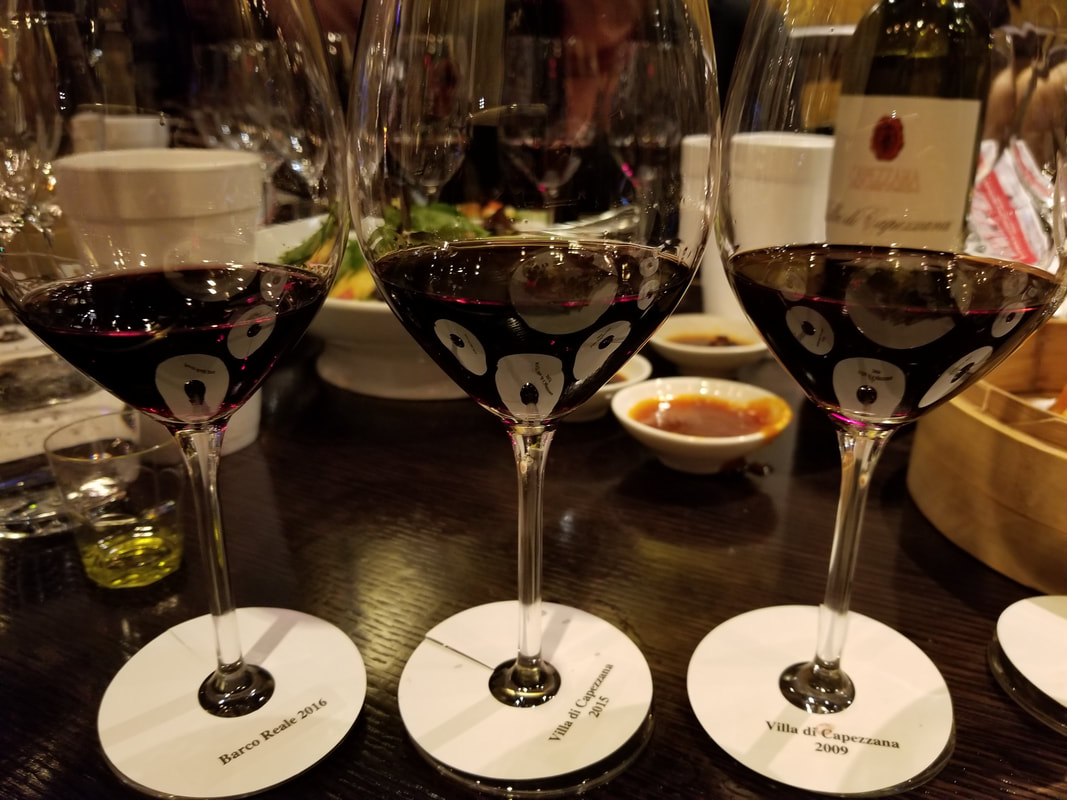
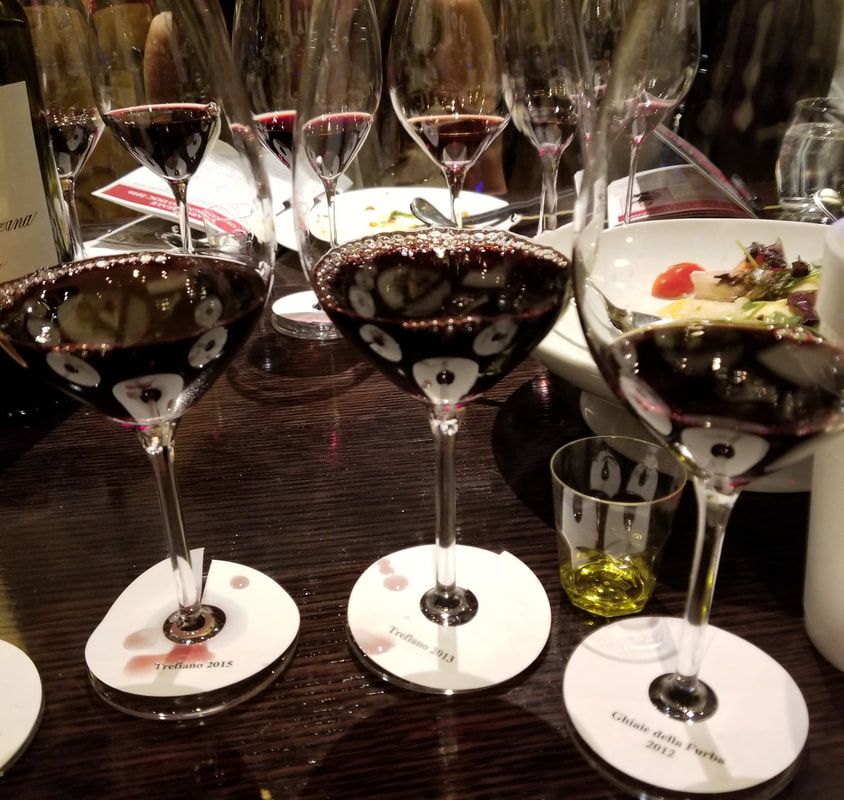
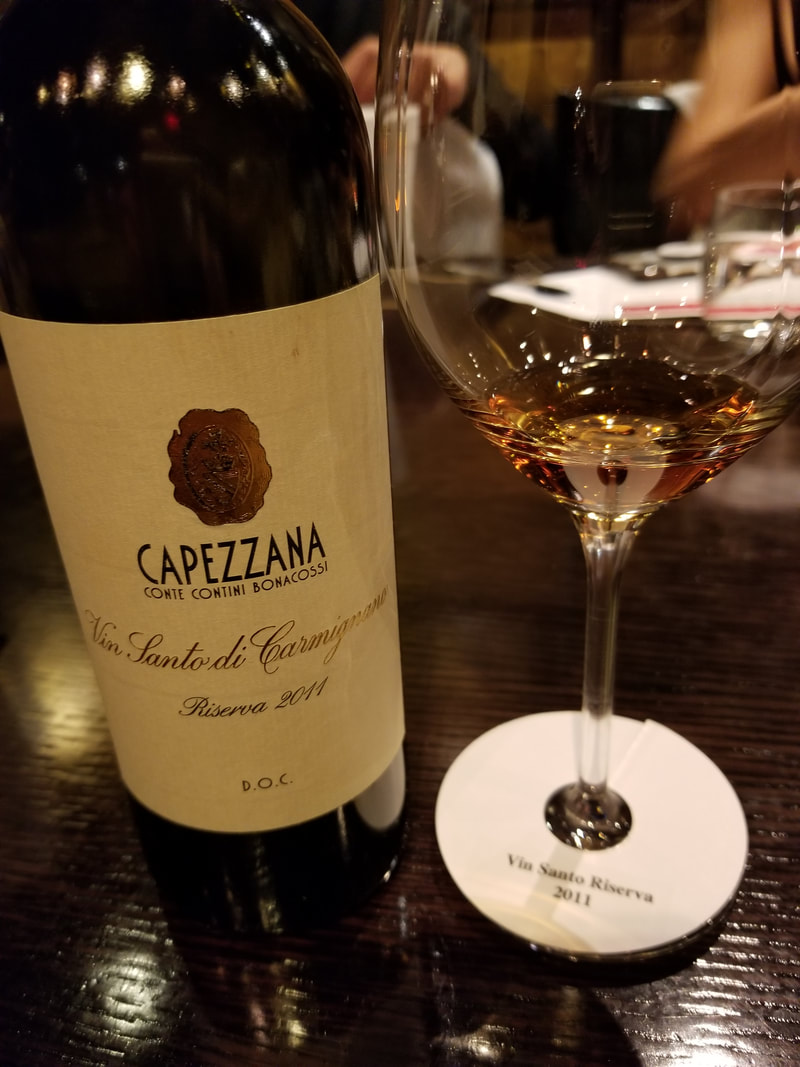
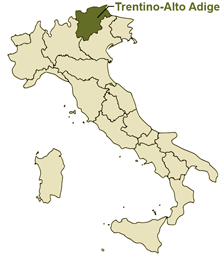
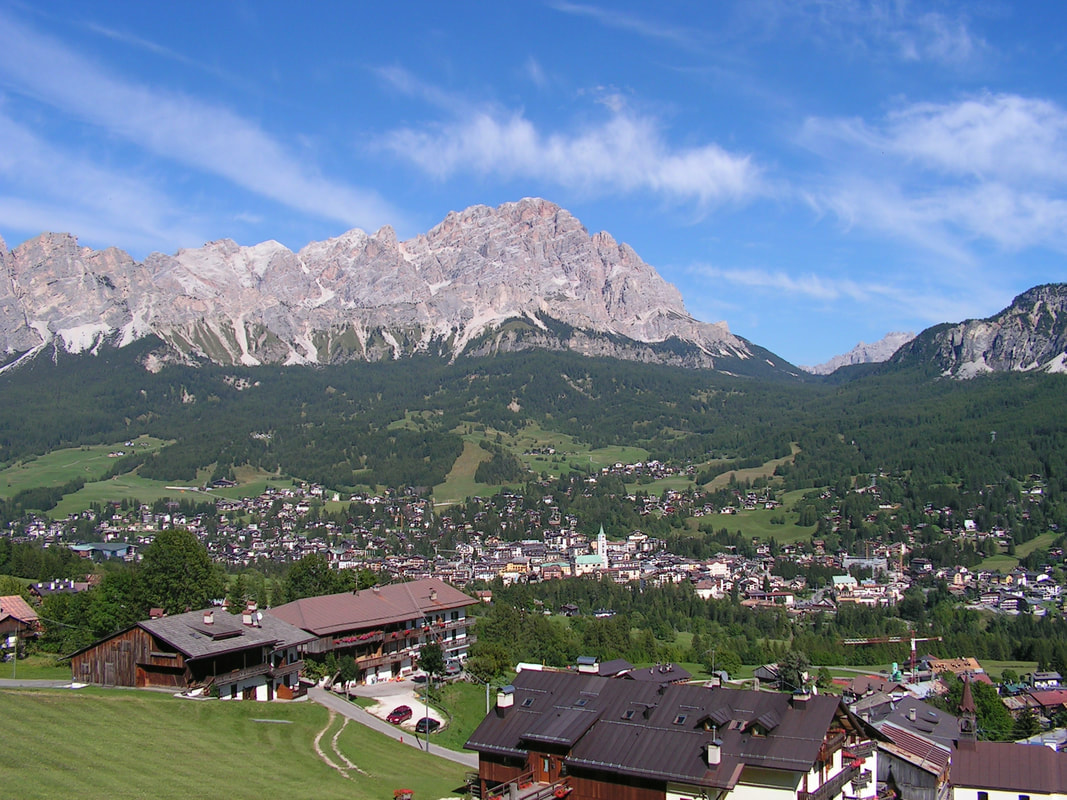
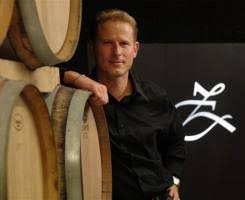
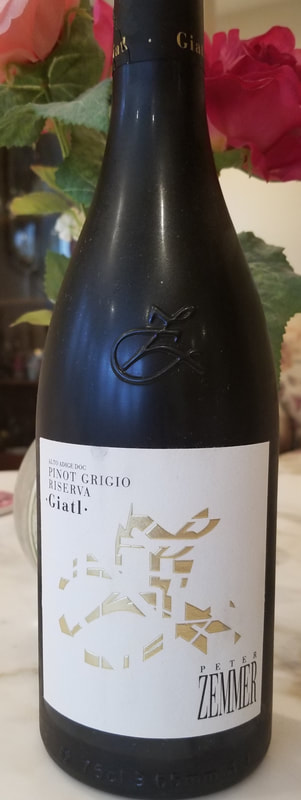
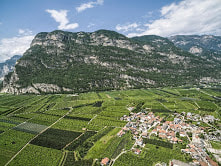
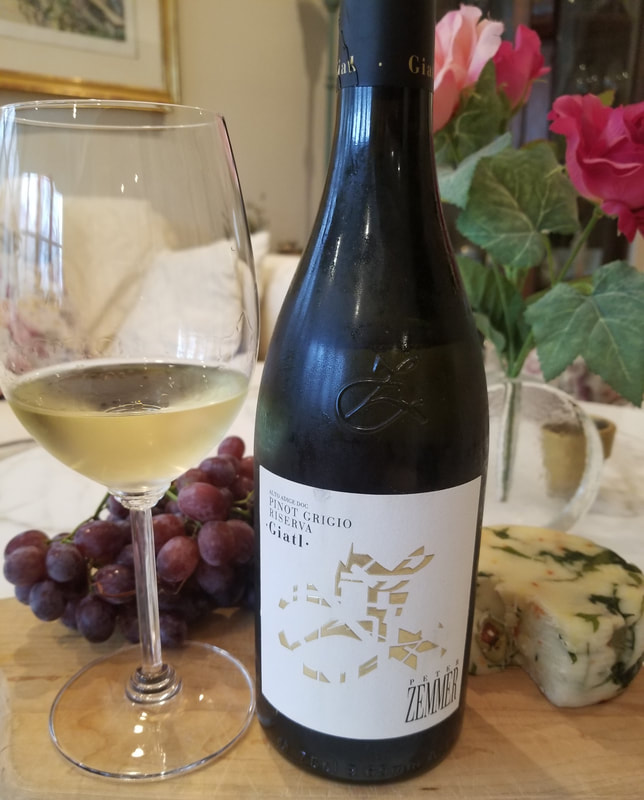
 RSS Feed
RSS Feed